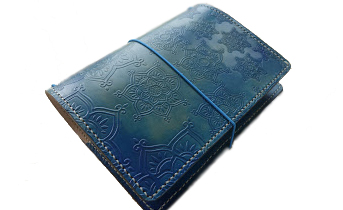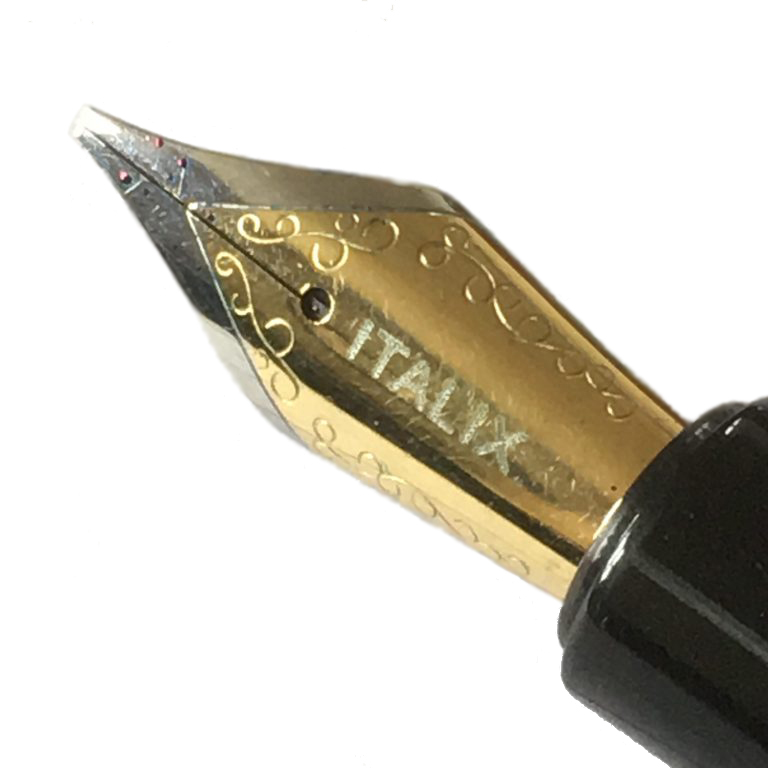 A little bit of history Italix is an increasingly legendary name in fountain pen circles, having been made famous by the Parson’s Essential model in particular, and we’ve reviewed a couple of their models very positively before. The usual modus operandi is to commission an inexpensively-manufactured body from China and fit it with a high-quality German (generally JoWo) nib which has been ground, fettled and finished by the proprietor – Mr.Pen himself. It’s been a winning formula previously, so we were keen to get our hands on the latest offering…
A little bit of history Italix is an increasingly legendary name in fountain pen circles, having been made famous by the Parson’s Essential model in particular, and we’ve reviewed a couple of their models very positively before. The usual modus operandi is to commission an inexpensively-manufactured body from China and fit it with a high-quality German (generally JoWo) nib which has been ground, fettled and finished by the proprietor – Mr.Pen himself. It’s been a winning formula previously, so we were keen to get our hands on the latest offering…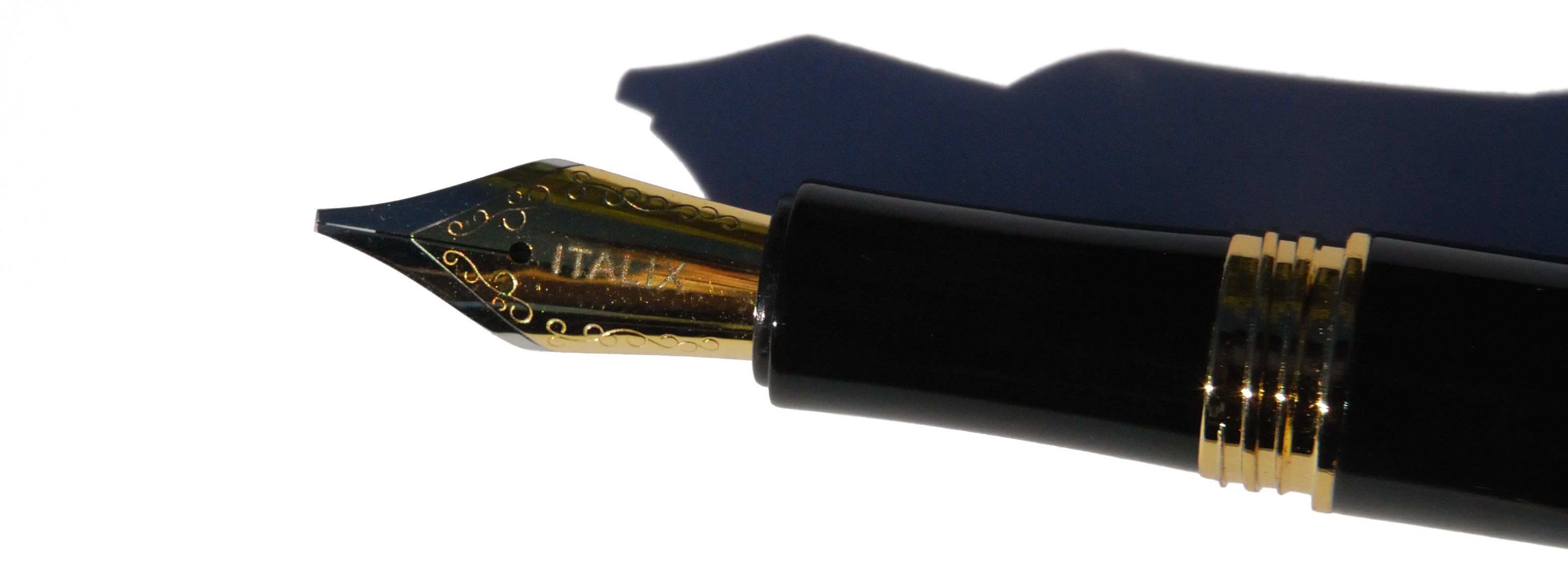
How it looks This is very much a black resin and gold trim affair, which looks like it could have come straight out of Miss Marple’s drawing room. It is the very essence of the ‘classic’ look. No alternative trims or finishes are available yet so it’s a case of ‘like it or lump it’, but our reviewers certainly approved.
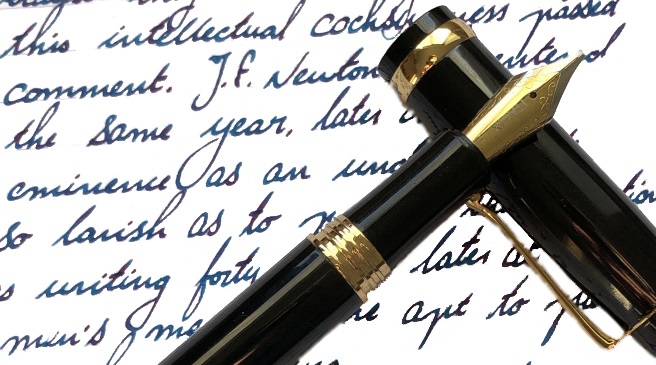
How it feels A fairly light pen, this is well-balanced in the hand and there are no distractions from the feel of the nib on the paper – which is just as it should be. What it doesn’t feel is cheap , and that might be a pleasant surprise when you see the price tag.
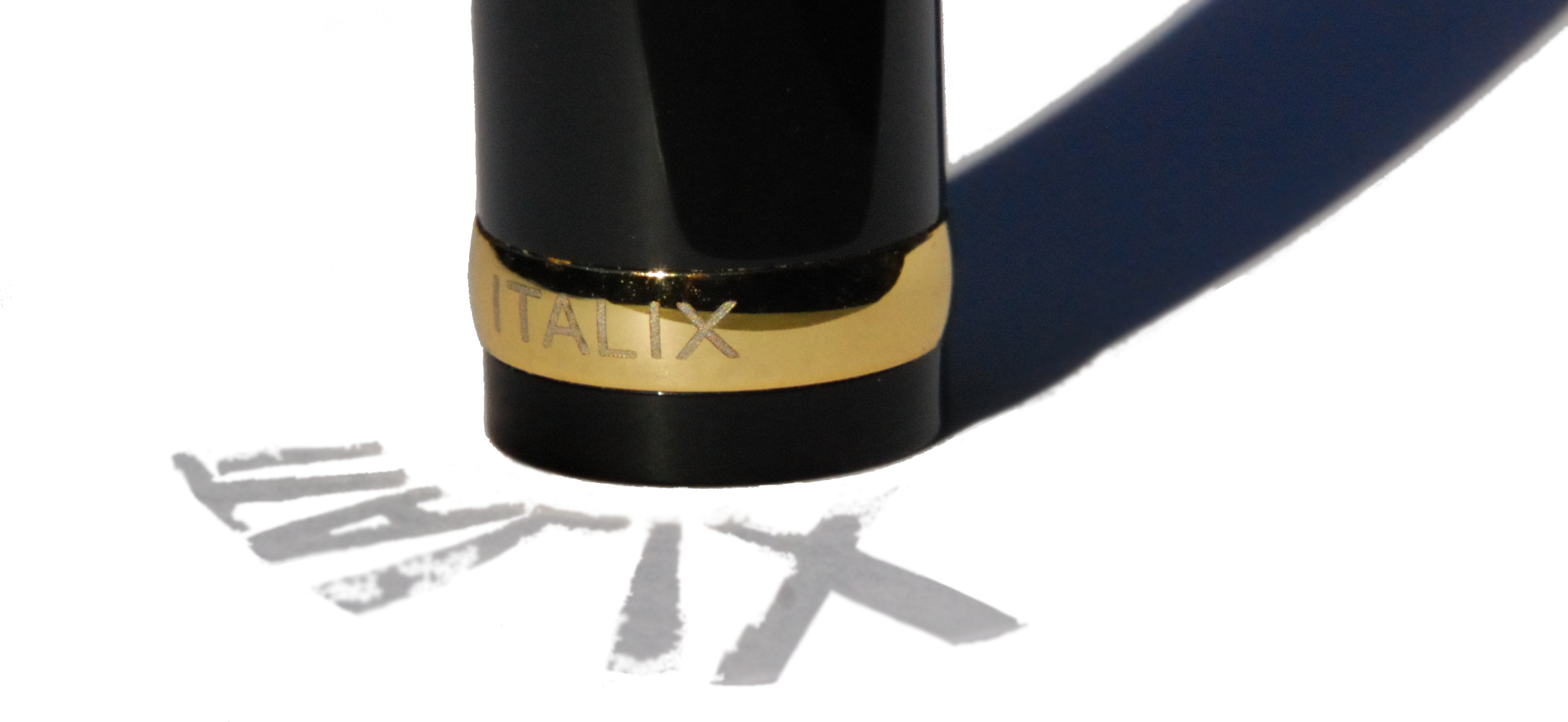
How it fills The tankard in question is, in this case, not a pewter beer-jug but a captured converter, which adds a bit of variety to filling procedures. You can take off the whole barrel and twist the converter as normal, but if you prefer there is a blind cap at the end of the barrel which exposes a substantial turning knob. This harks back to old-fashioned piston-fillers, and is quite handy if you’re trying to siphon up the last drops of ink at the bottom of a bottle. There was a moment of confusion when this pen first came out and it was advertised as a button-filler, which is properly a quite different mechanism, but don’t let that worry you.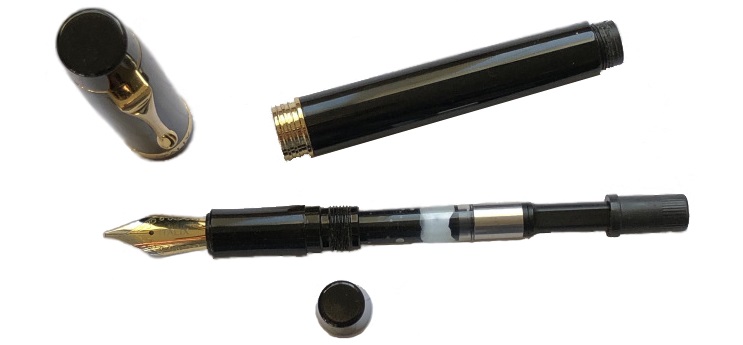
Crucially, how it writes… As ever that depends upon which nib you opt for, but the italic nib our test pen was fitted wrote impressively smoothly, to the point that it could actually be a ‘daily driver’ pen if you wished. Not too many people have the chutzpah to do that these days, but if you want to stand out from the crowd this is an affordable way to do so!
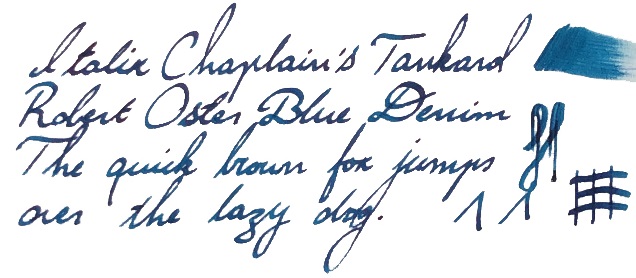
Pen! What is it good for? While it’s tempting to suggest that the Chaplain’s Tankard would look the part on stage at your next am-dram Agatha Christie staging, that would be a bit of a waste of such an enjoyable nib. We’d suggest it’s one to take to work if you feel you can get away with it, or keep at home for writing letters if you want to impress family and friends.
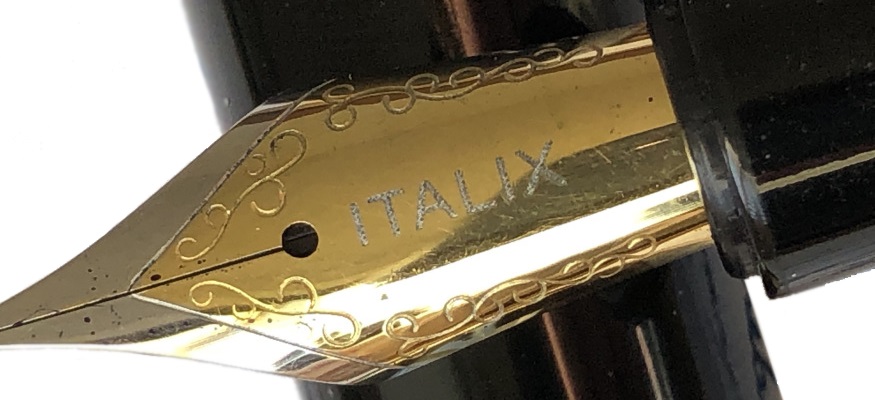
VFM For a mere £28 this is, frankly, an absolute bargain. You’d be hard-pressed to find a mid-range pen with a top-flight range of steel nibs like this from other marques, and the personal service available if you have any specialist needs or preferences around italic or oblique nibs really puts the cherry on the cake.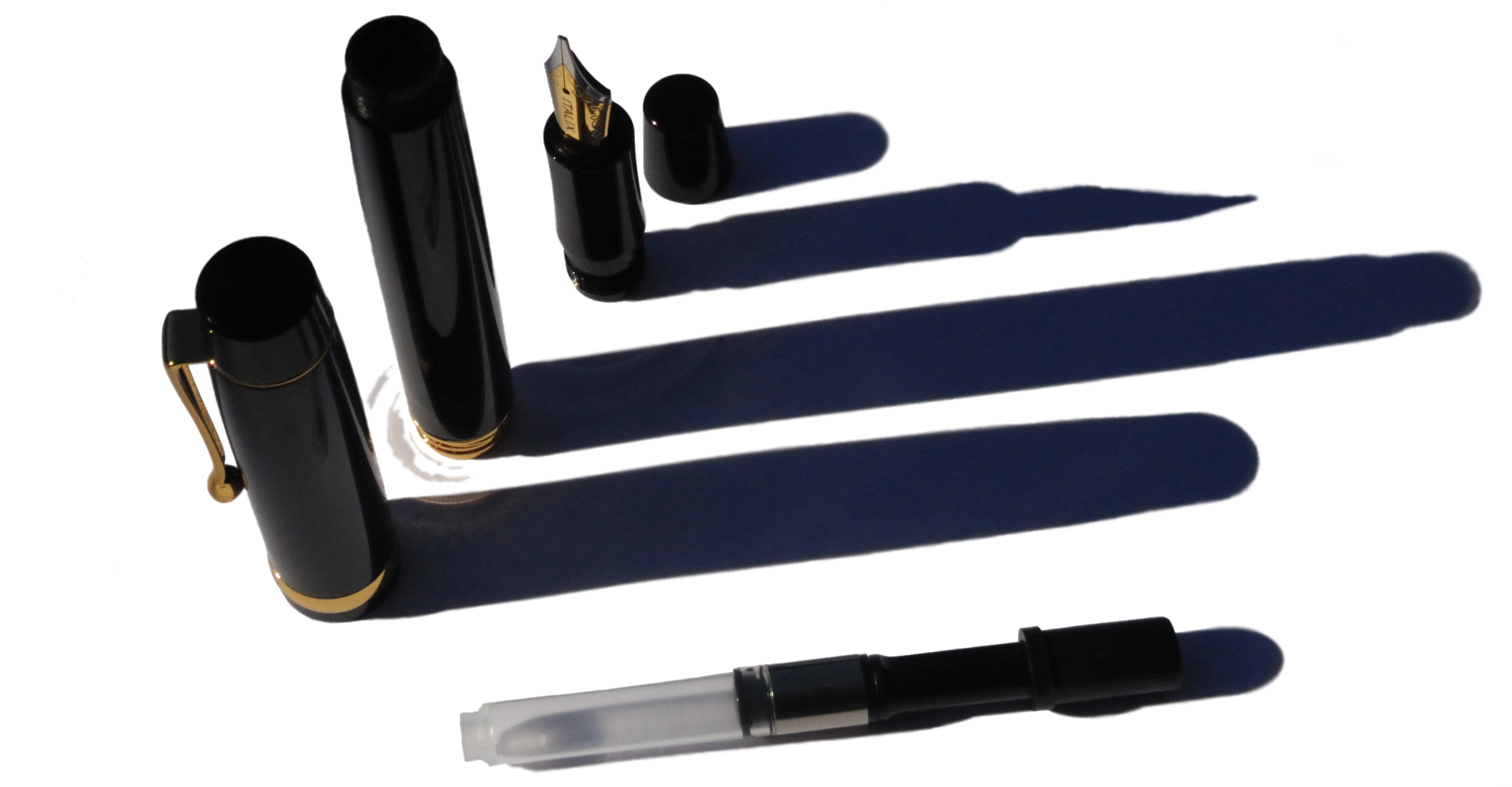
If this isn’t quite your cup of tea, but almost… Then the chances are that one of the other Italix designs will be more to your taste.
Our overall recommendation While the filling system is not a huge novelty really, this is a nicely balanced pen with such a targeted range of nibs that you’ll almost certainly be able to find one which is a real pleasure to use. For such a modest sum we’d encourage you to give it a try, especially if you don’t have an italic nib in your collection yet.
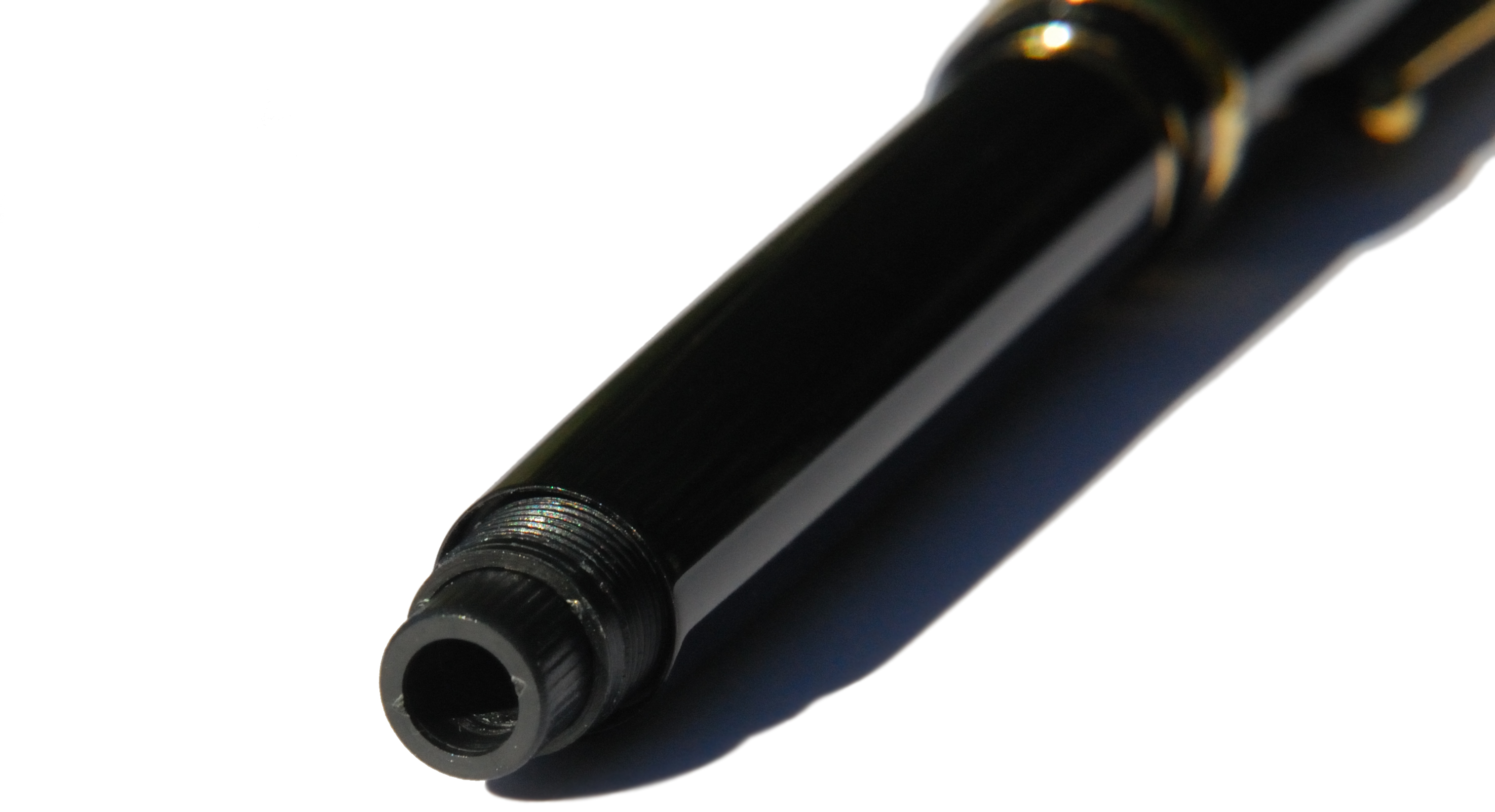
Where to get hold of one This is available straight from the source and that’s just how we’d recommend buying it. There are sometimes ways to access Italix pens on other platforms, but cutting out the middle-man makes sense and eases the path to after-care if needed.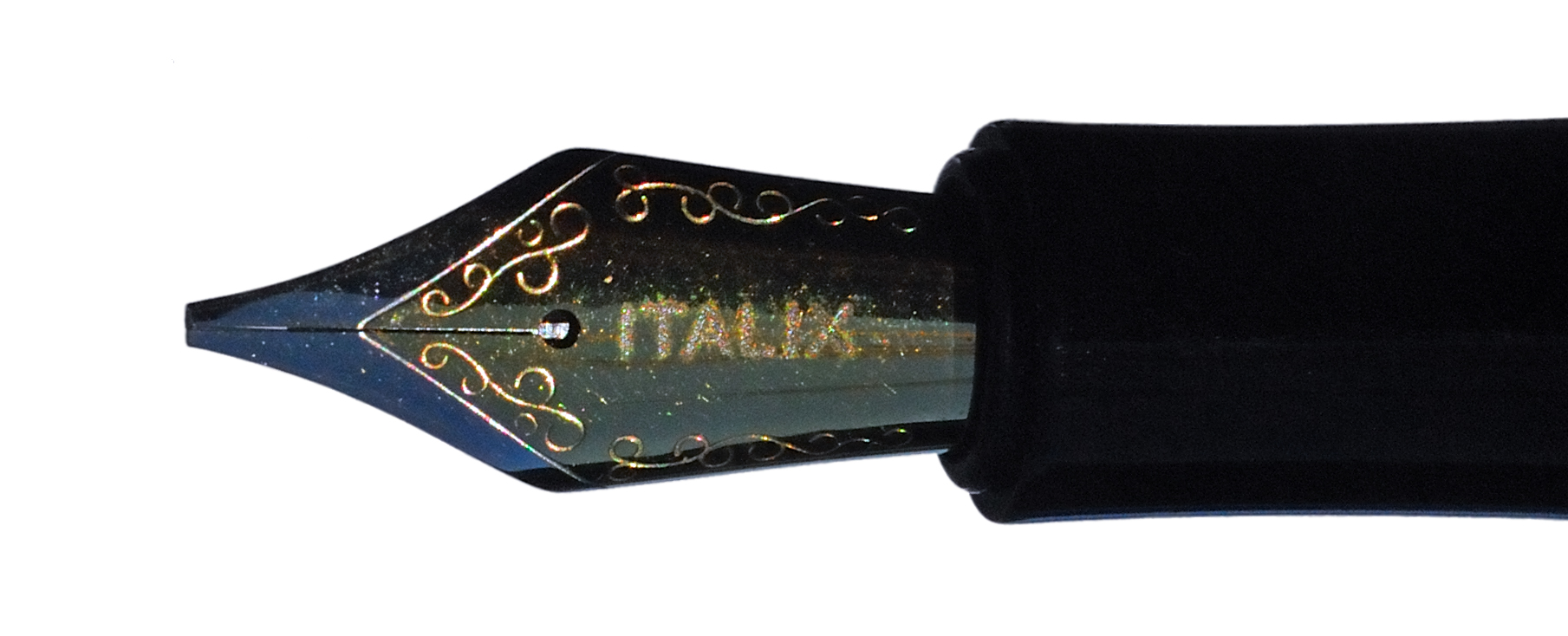
This meta-review references:
 Thanks to Mr. Pen for kindly providing this review sample.
Thanks to Mr. Pen for kindly providing this review sample.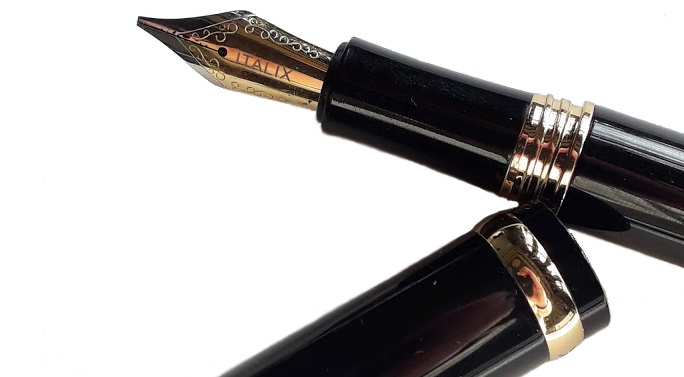
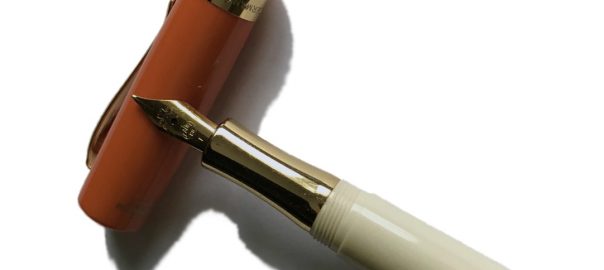

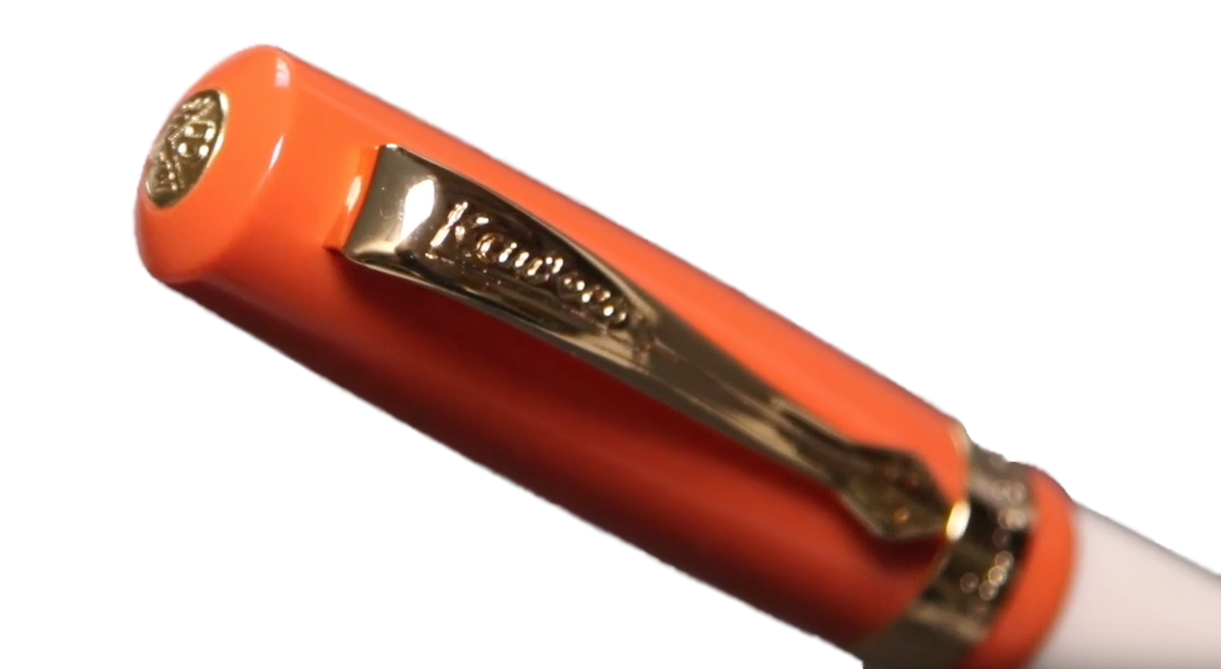

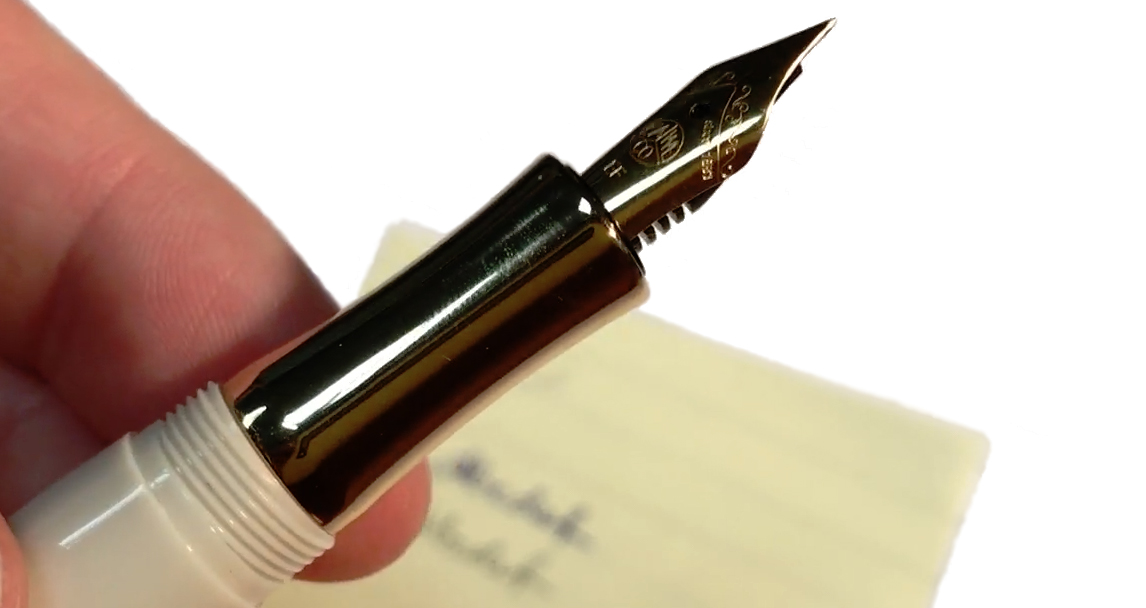
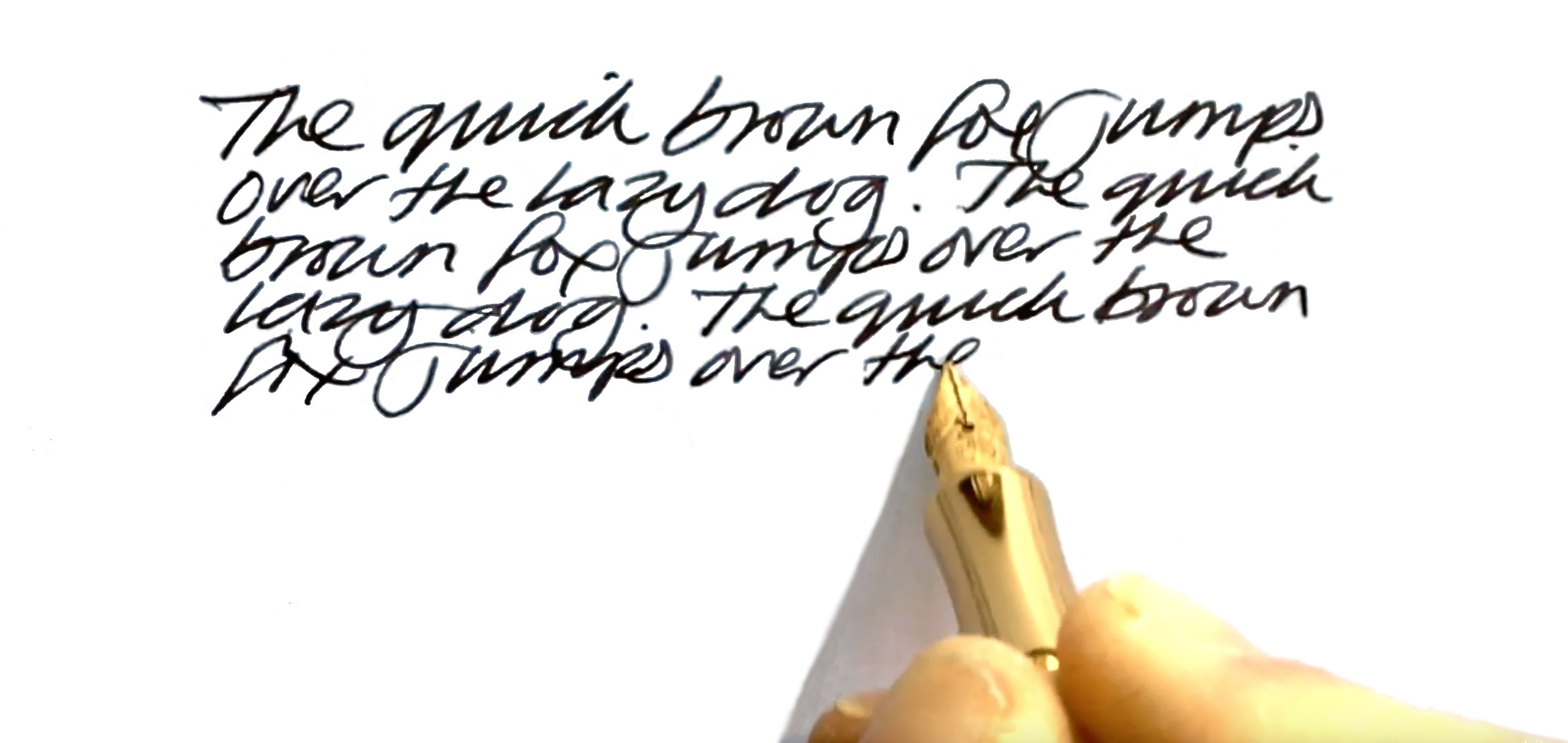

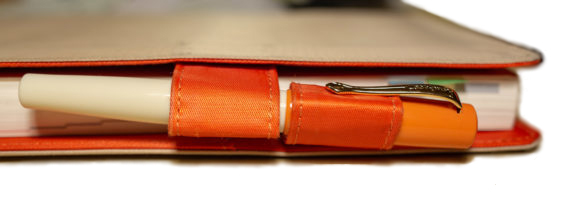 If this isn’t quite your cup of tea, but almost… Then you have most individual tastes! For a colour scheme along these lines, the vintage market is probably the best place to look. But if you like the shape and just don’t consider the 1970s the decade of peak elegance, the main Student range is worth a look – our tip is the demonstrator version.
If this isn’t quite your cup of tea, but almost… Then you have most individual tastes! For a colour scheme along these lines, the vintage market is probably the best place to look. But if you like the shape and just don’t consider the 1970s the decade of peak elegance, the main Student range is worth a look – our tip is the demonstrator version.


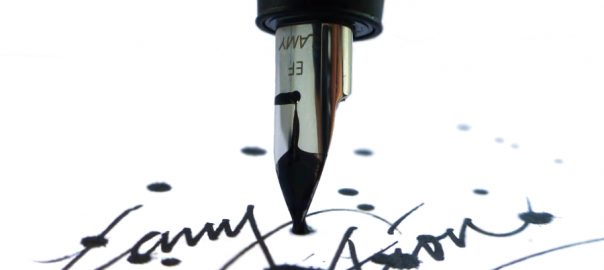
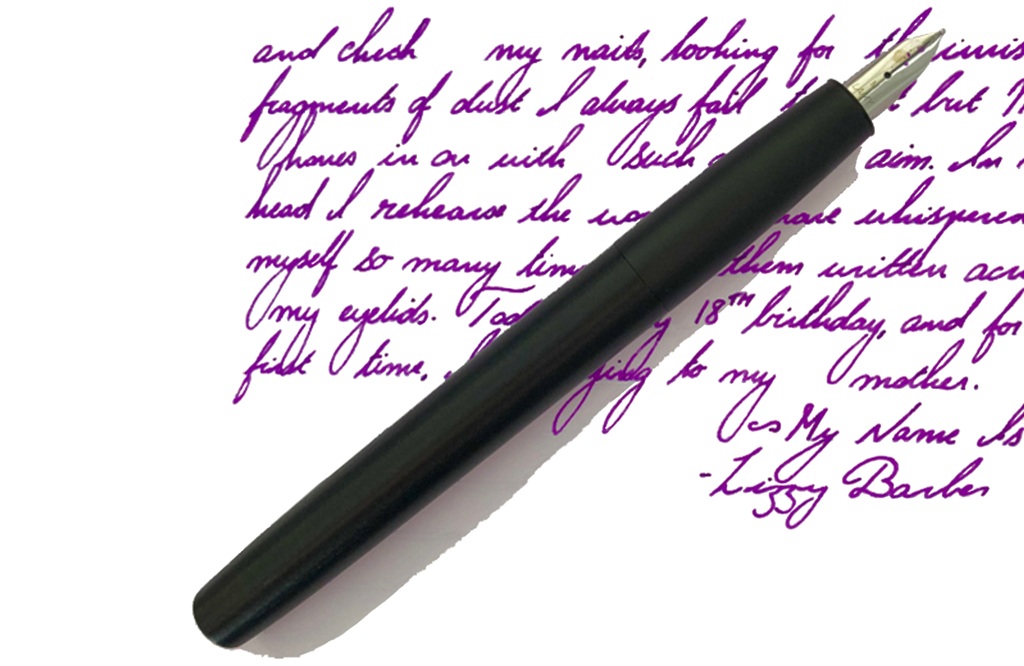
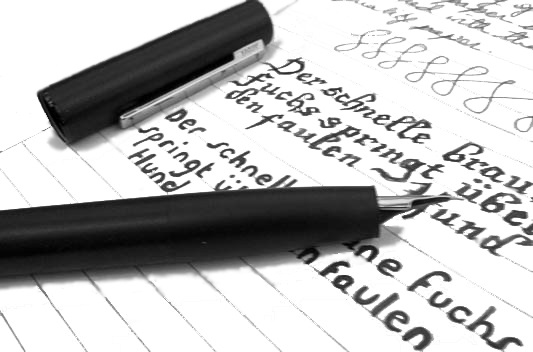
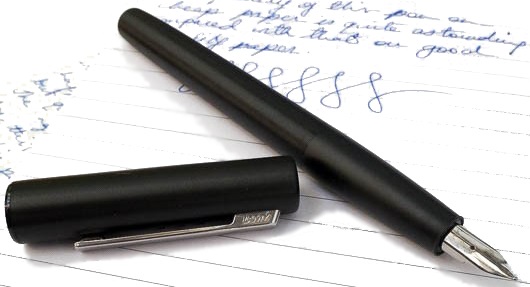

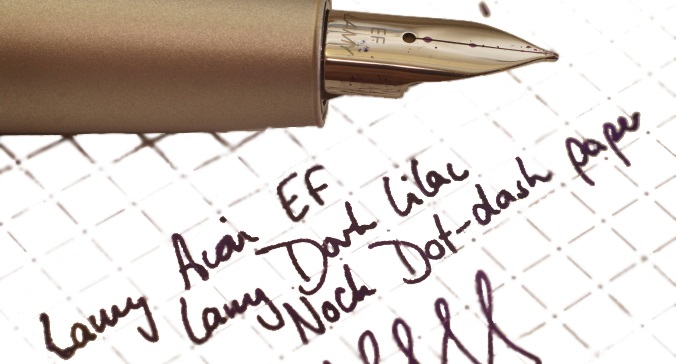


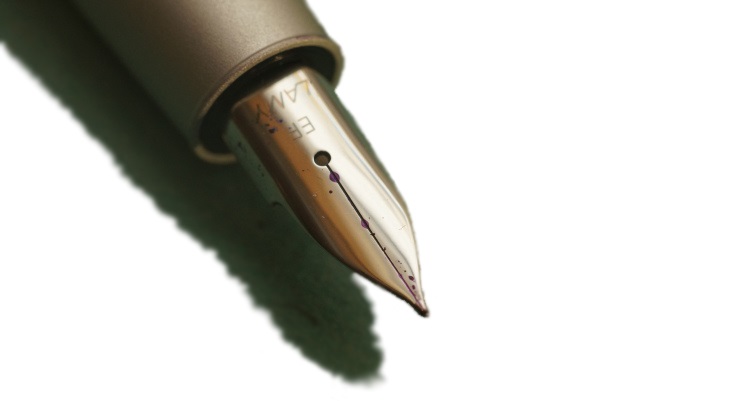
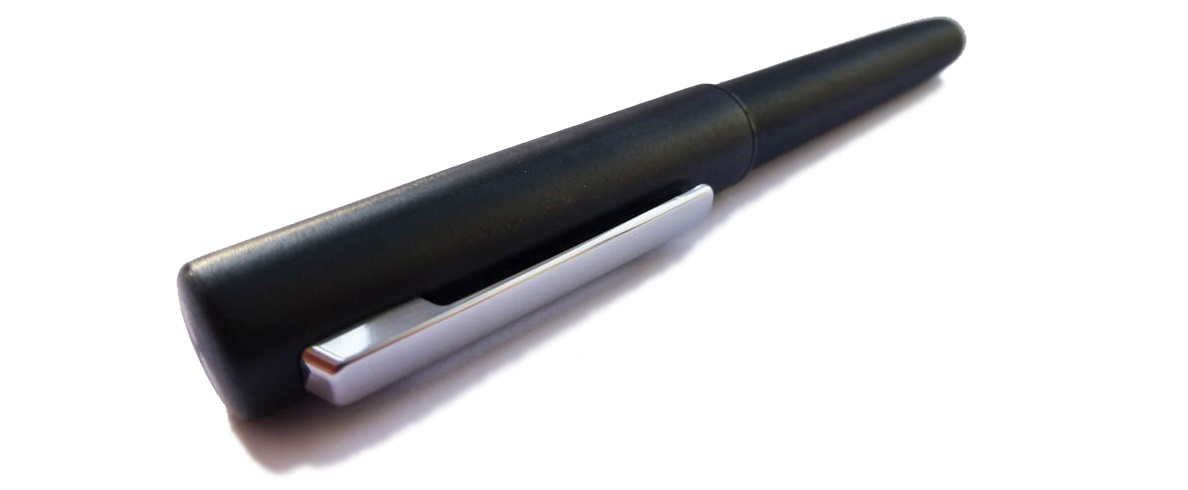
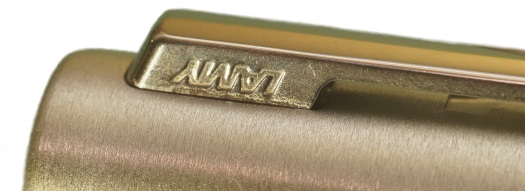

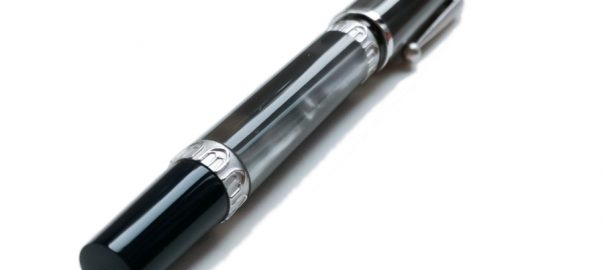
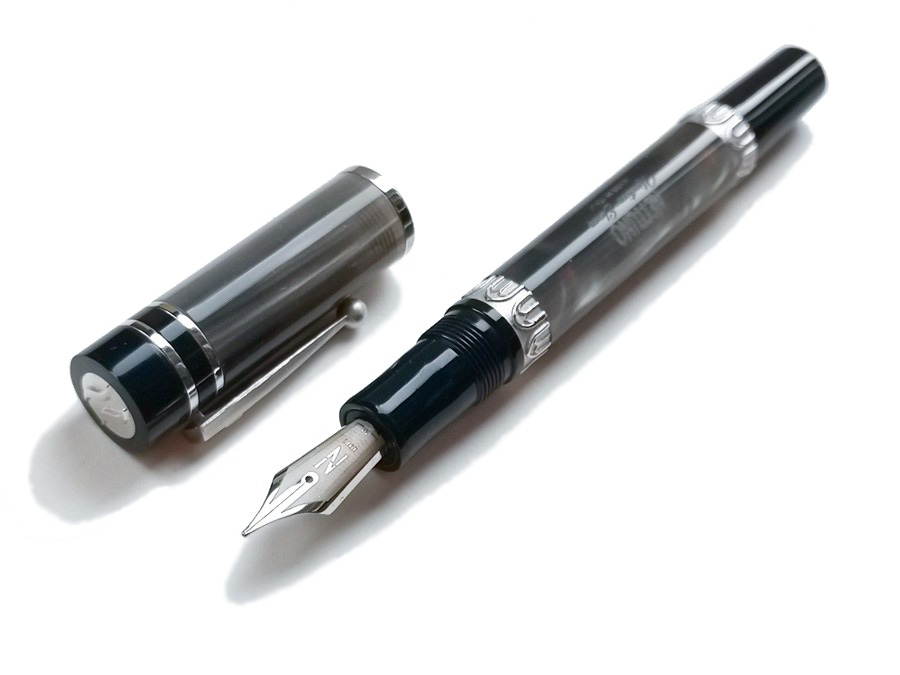 How it looks The finish of the Nettuno 1911 models we tested is called Tritone. It features a pearlescent shimmering silvery grey resin body with grip section and finials made from dark blue resin. These are complemented with rhodium accents. On the cap there are three polished bands whereas the barrel contains two wider rings, with the relief patterns of arched windows referring to ancient Roman architecture. These bands are made from the same metal as the clip and have a matte texture. The finial on the cap has a metal ring with a wave pattern. The pen is equipped with a rhodium-plated steel nib.
How it looks The finish of the Nettuno 1911 models we tested is called Tritone. It features a pearlescent shimmering silvery grey resin body with grip section and finials made from dark blue resin. These are complemented with rhodium accents. On the cap there are three polished bands whereas the barrel contains two wider rings, with the relief patterns of arched windows referring to ancient Roman architecture. These bands are made from the same metal as the clip and have a matte texture. The finial on the cap has a metal ring with a wave pattern. The pen is equipped with a rhodium-plated steel nib.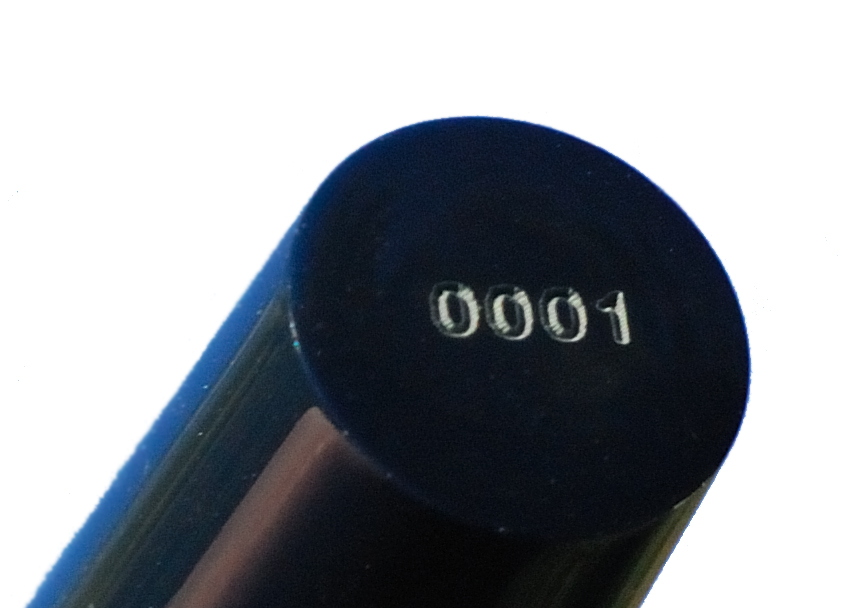
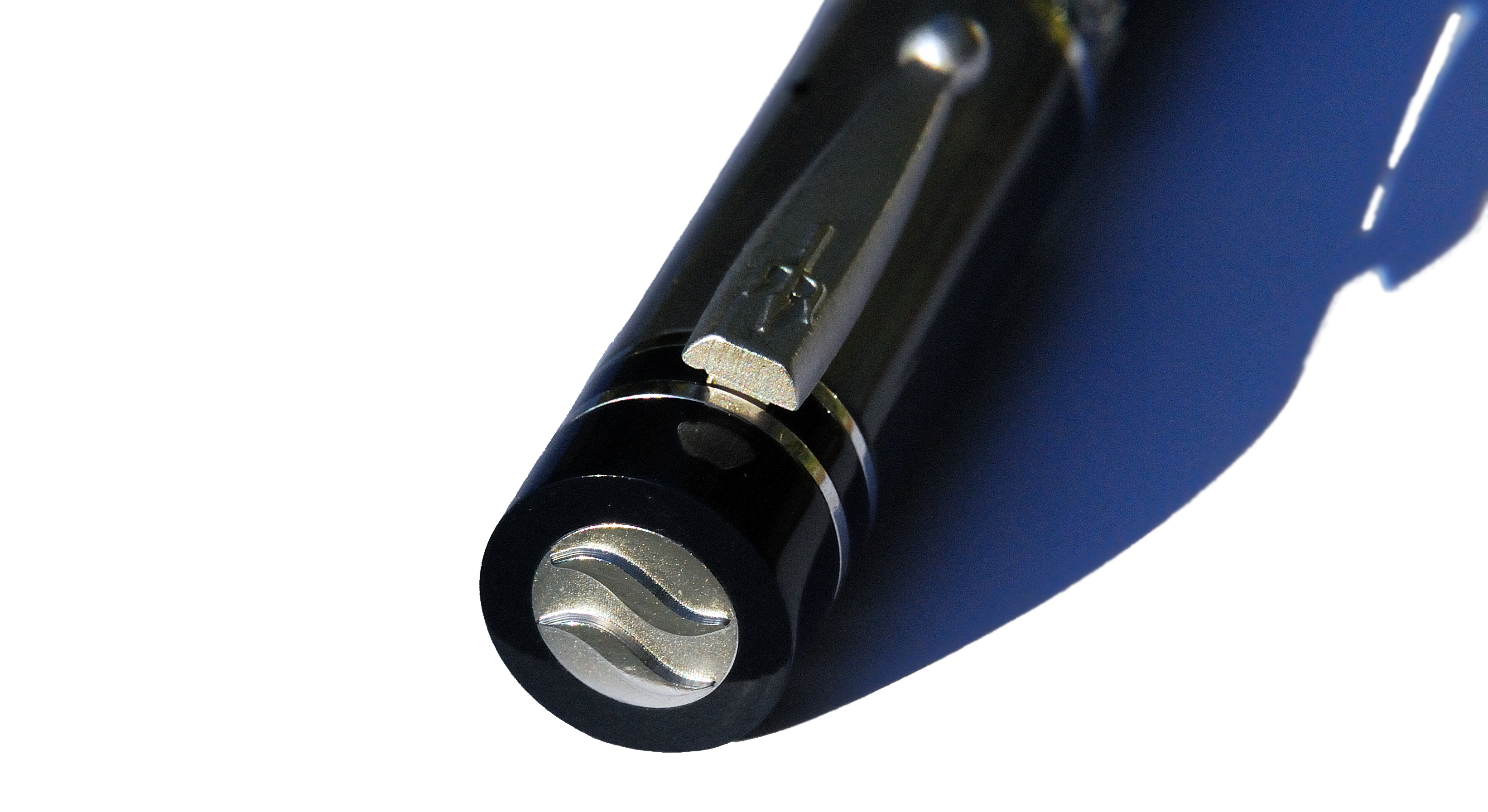
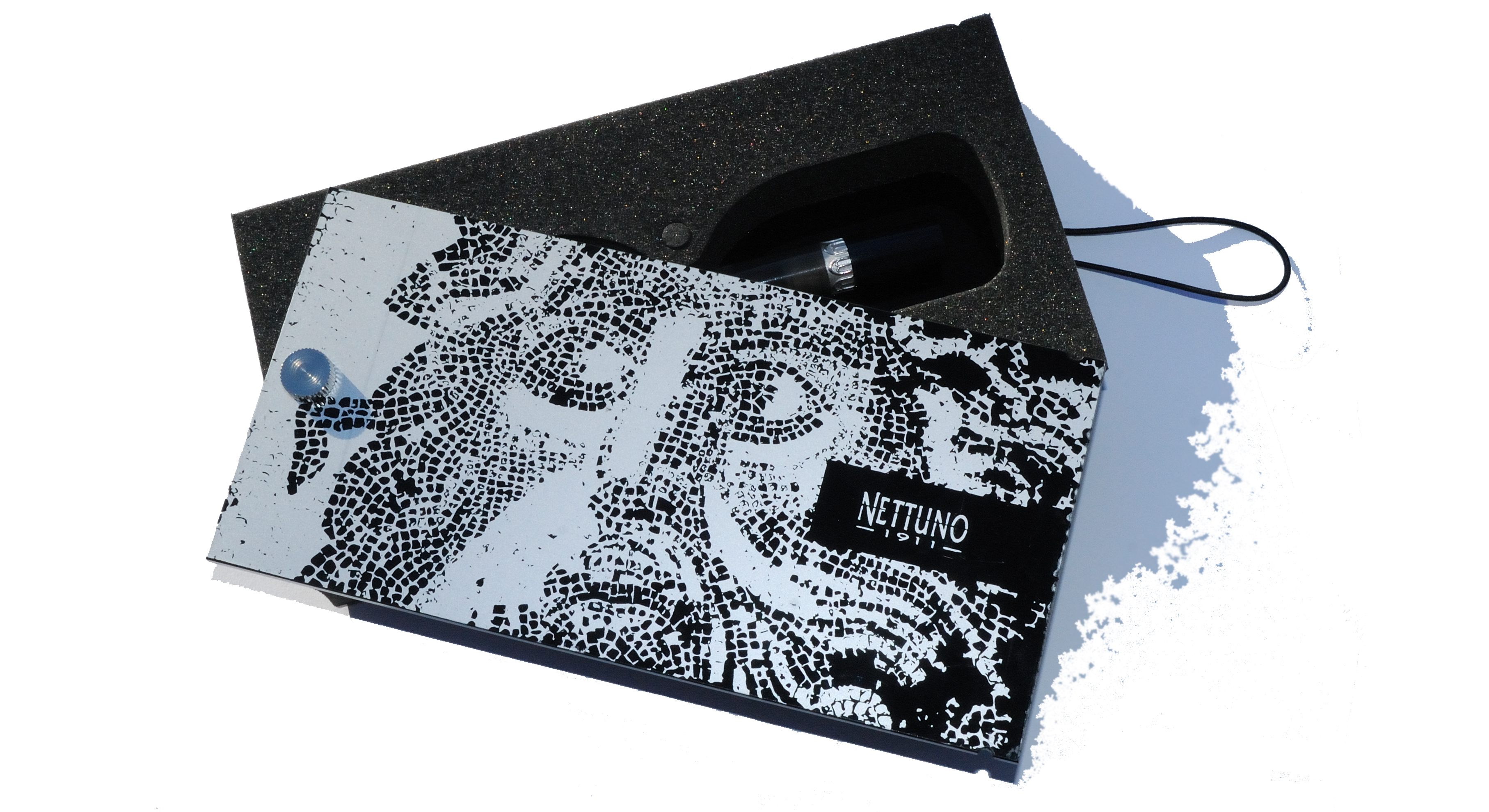
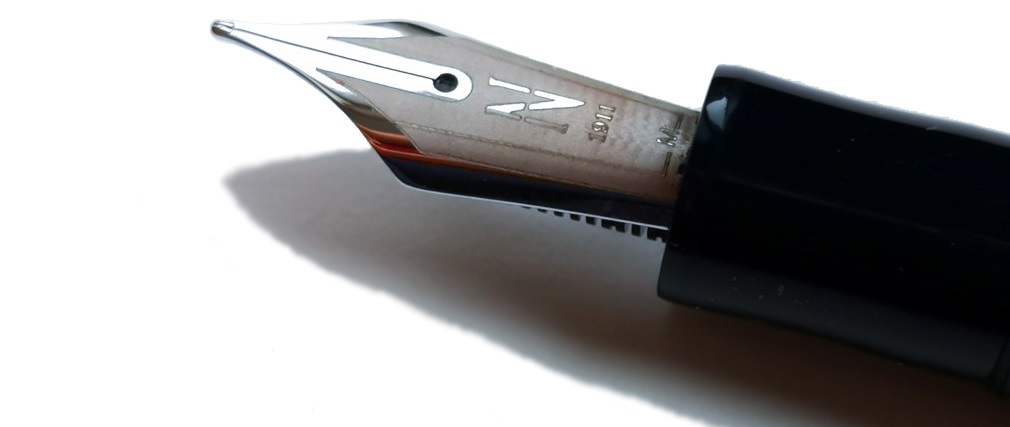
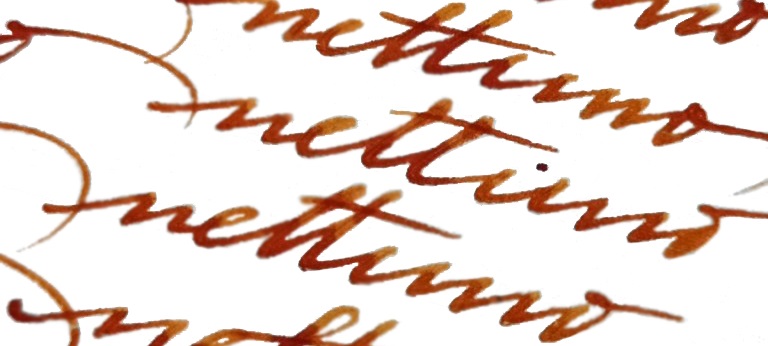
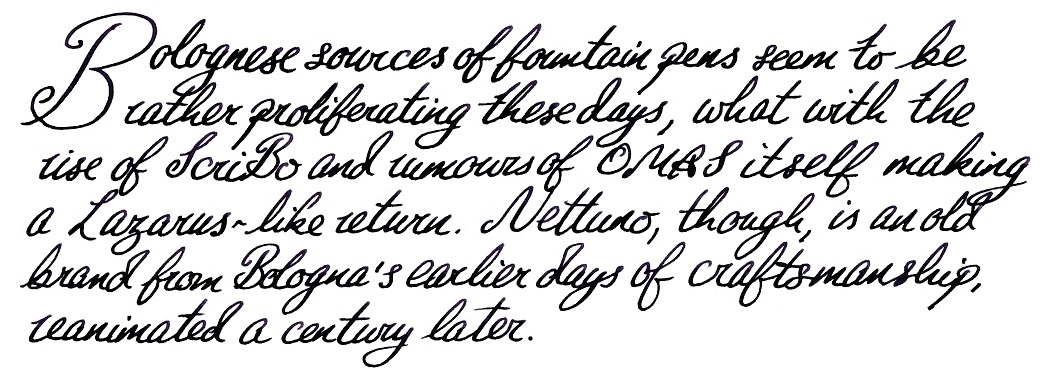
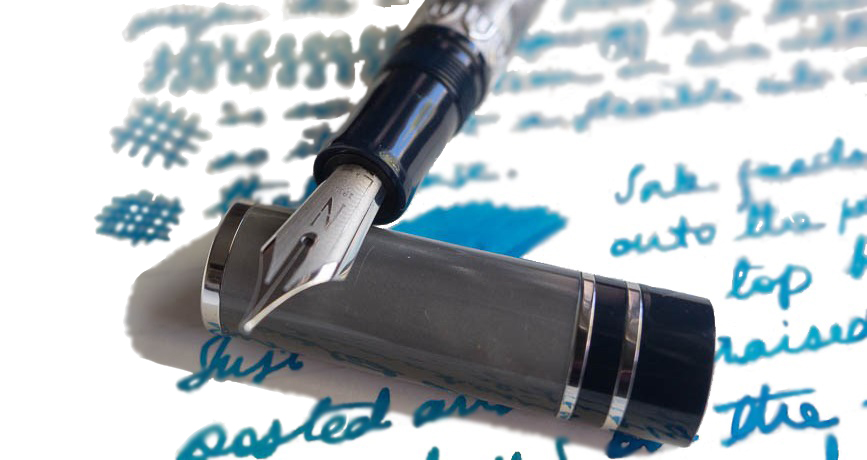

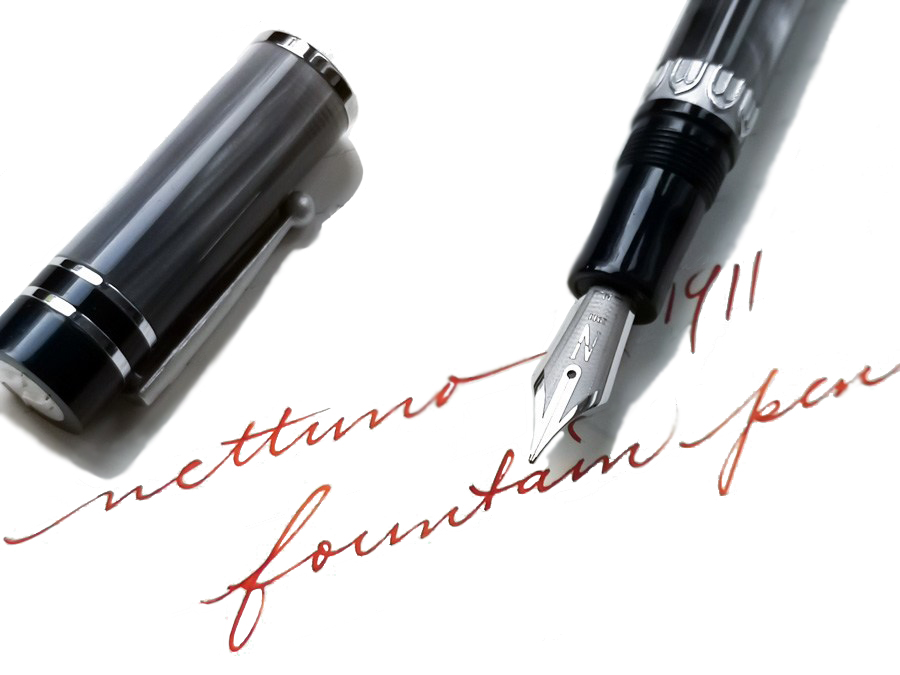
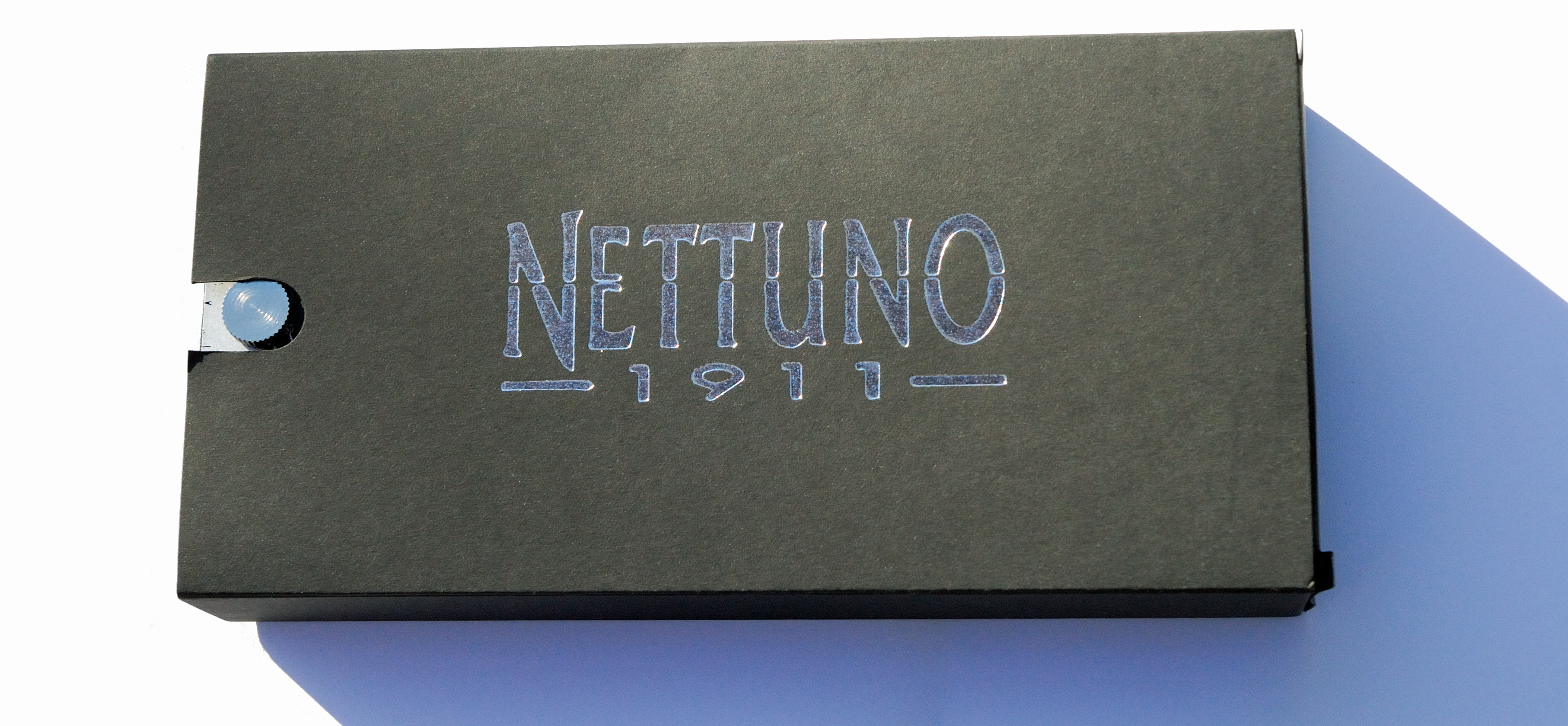
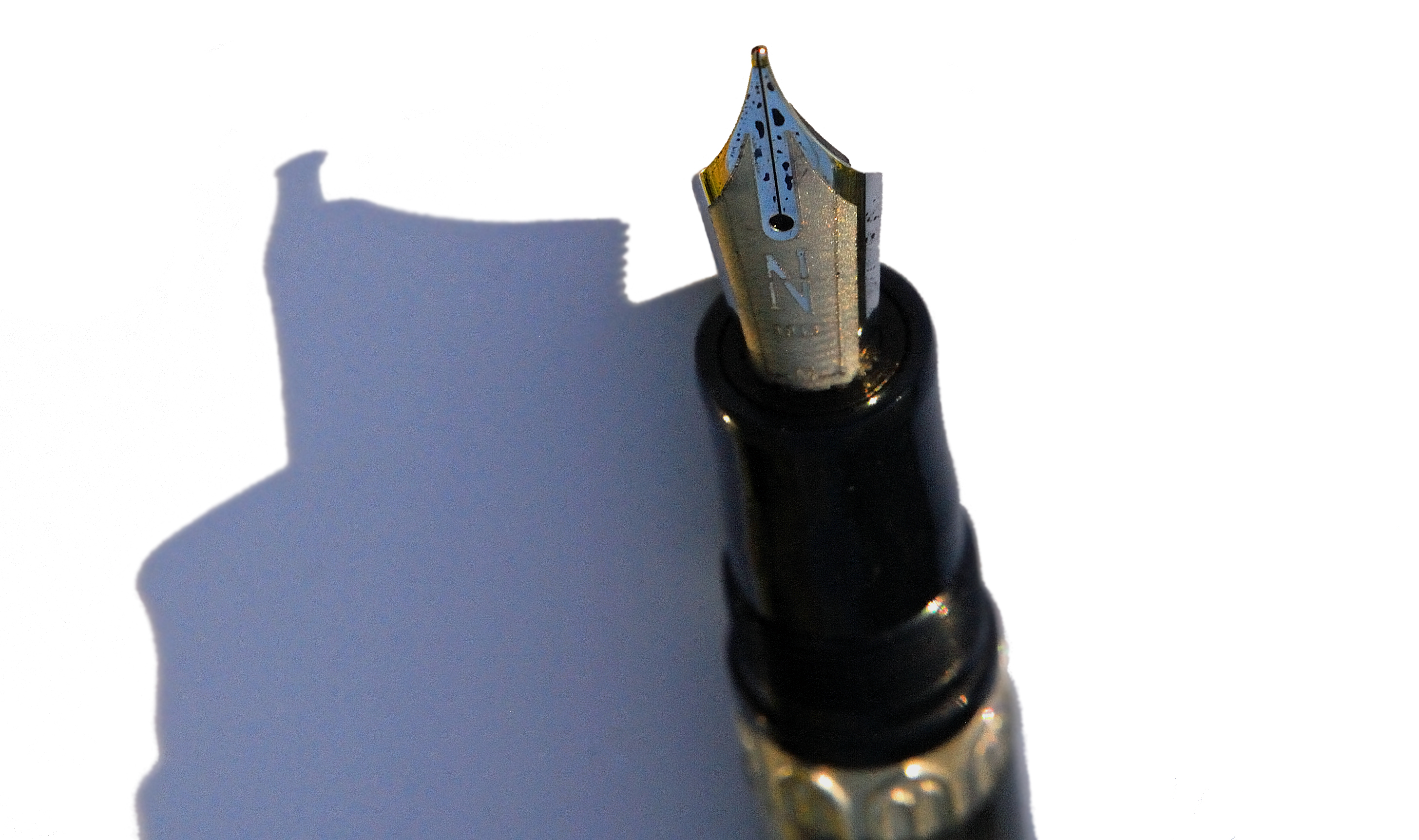
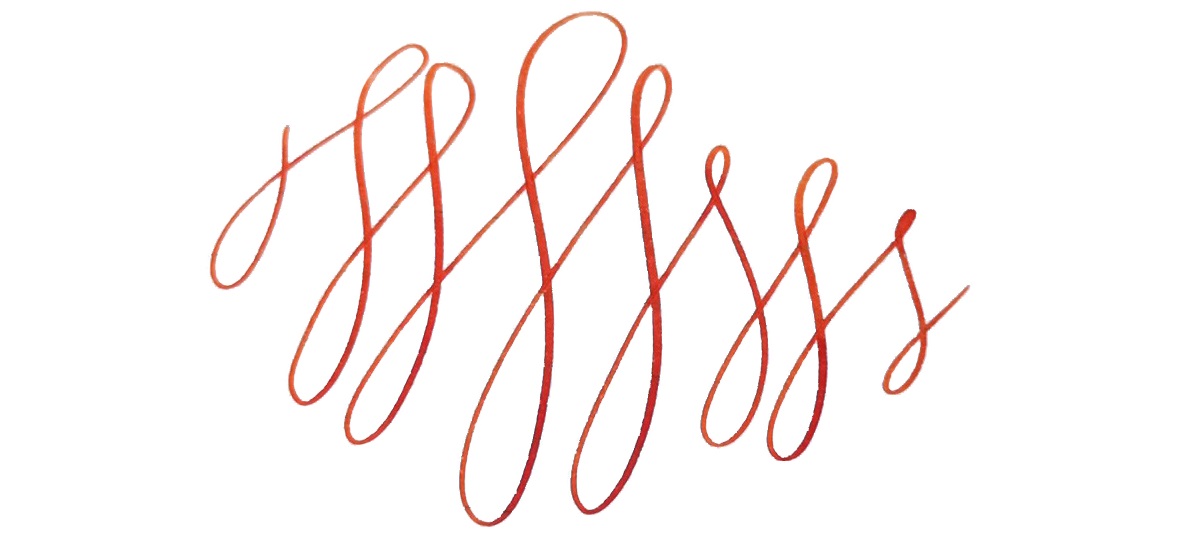
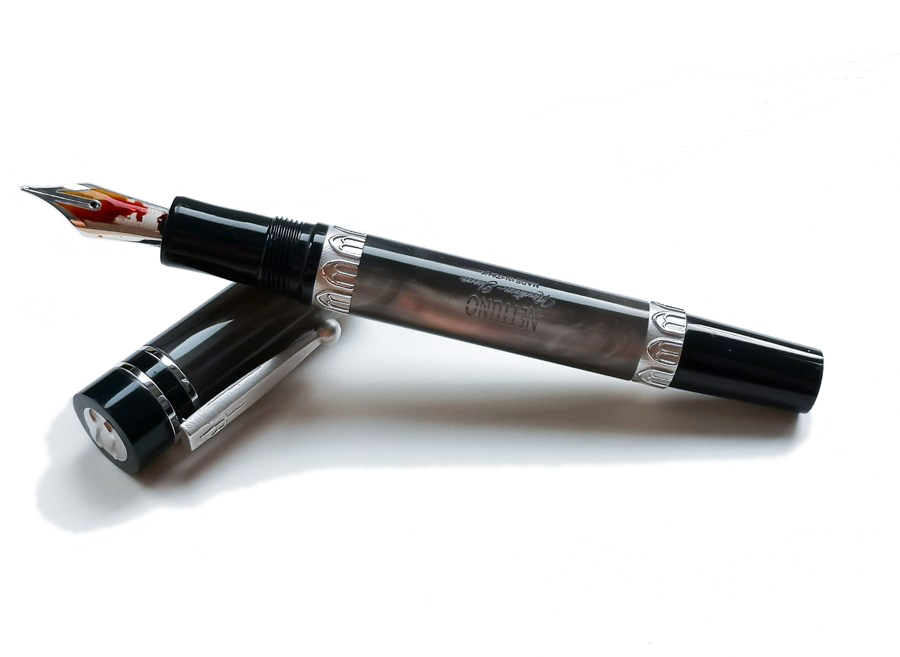
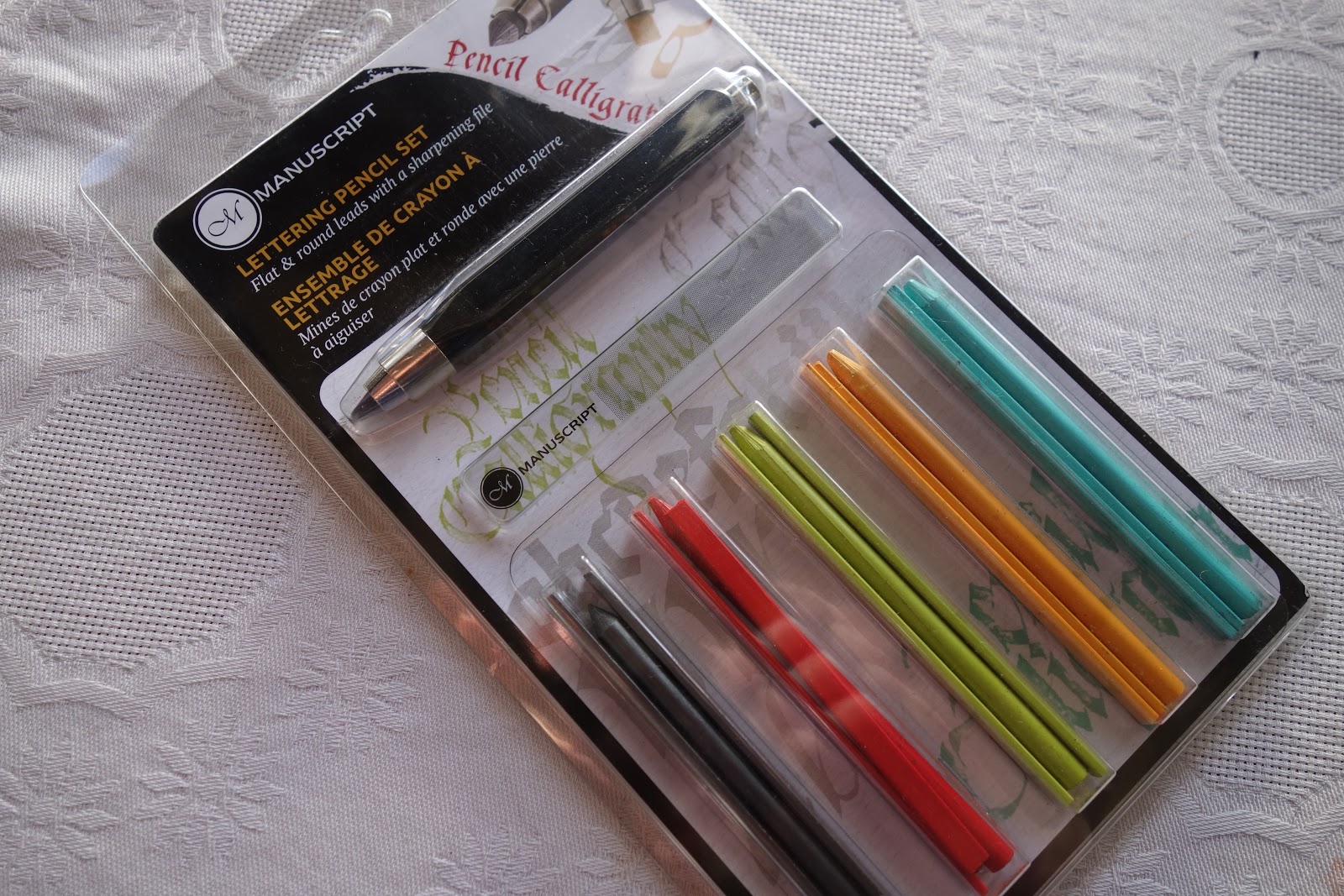
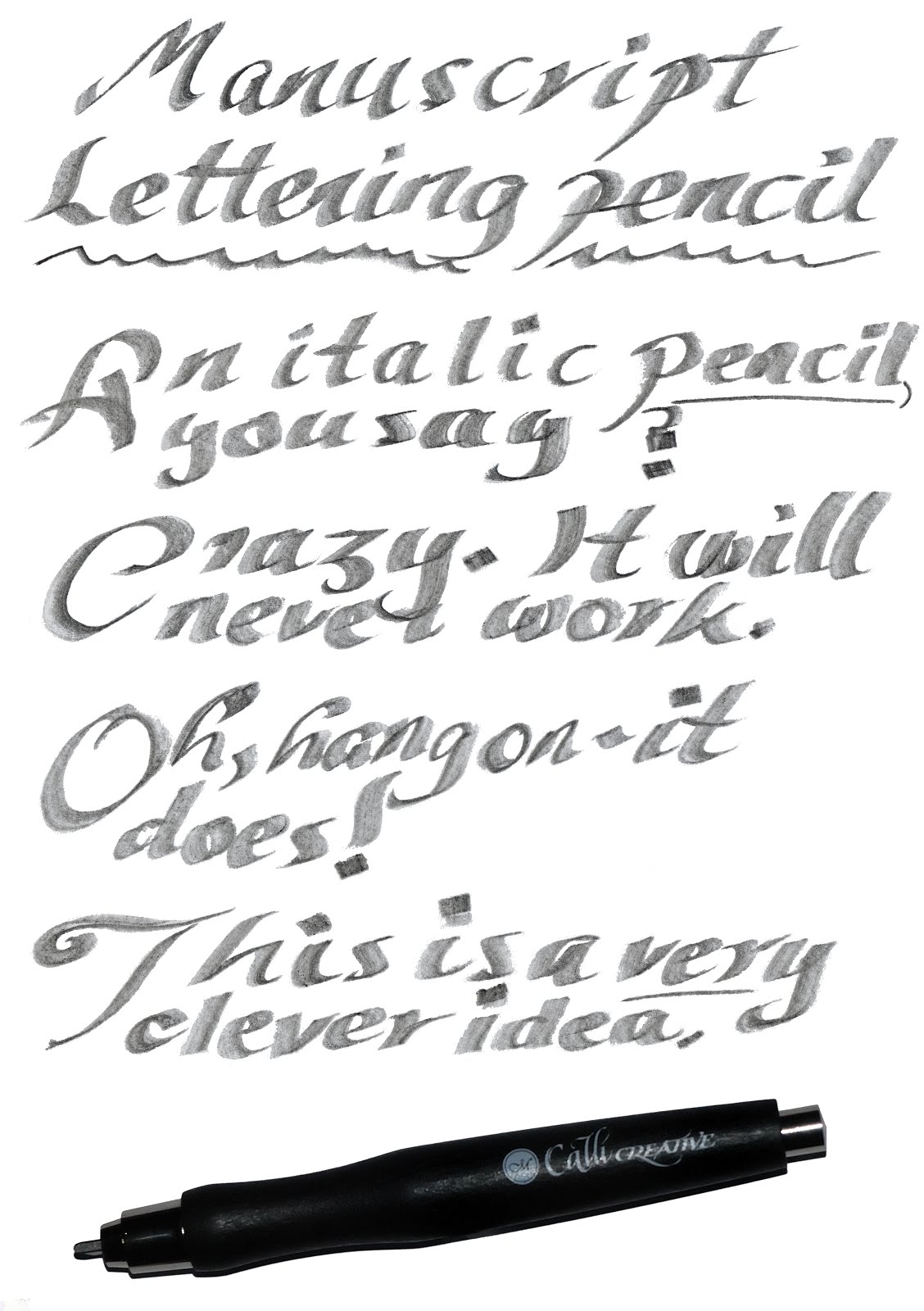
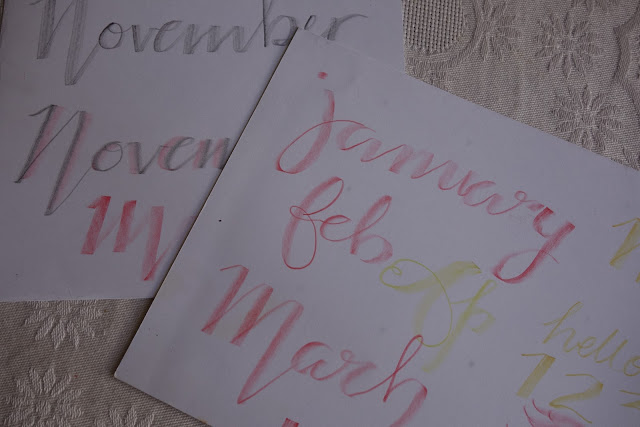
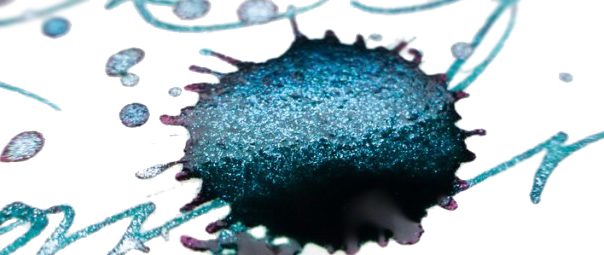
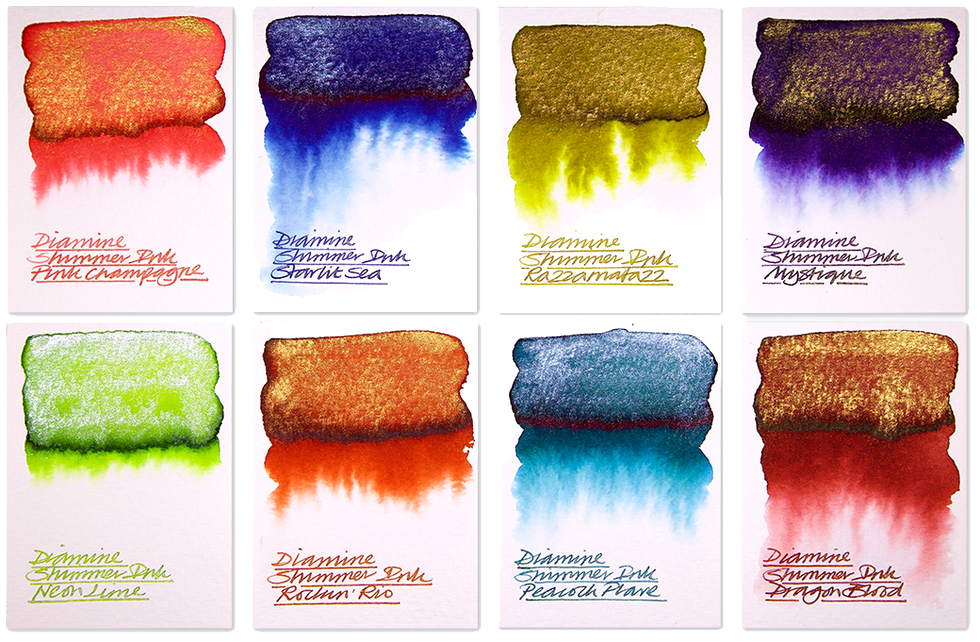 A little bit of history This is a festive tradition now, so the British ink legends
A little bit of history This is a festive tradition now, so the British ink legends 
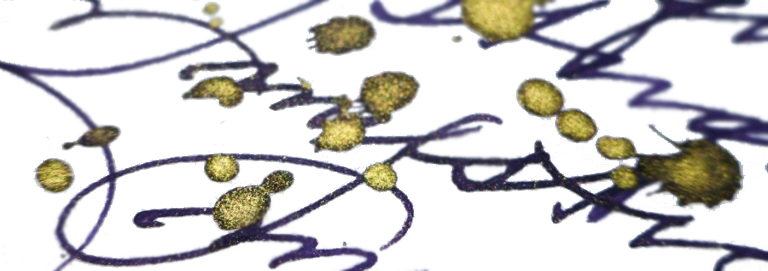
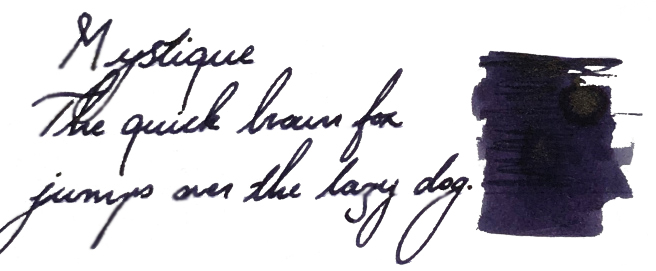
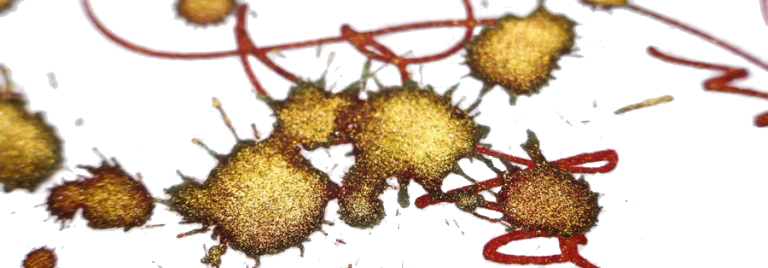

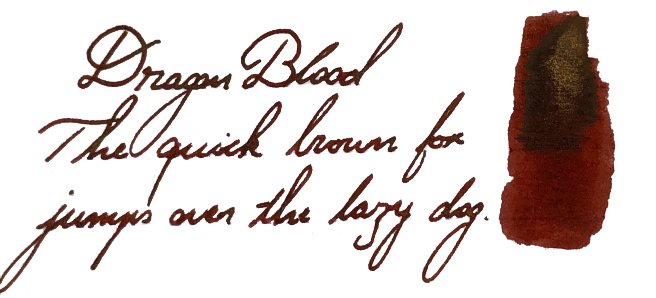

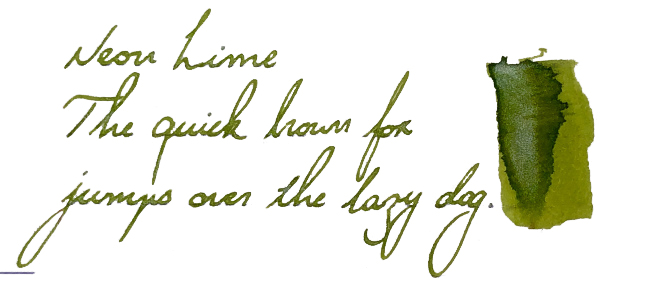
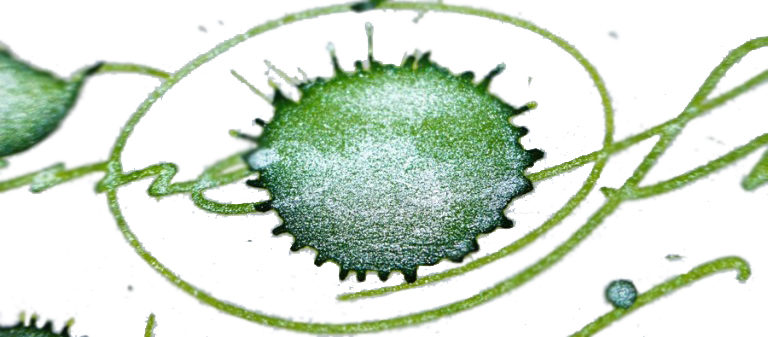


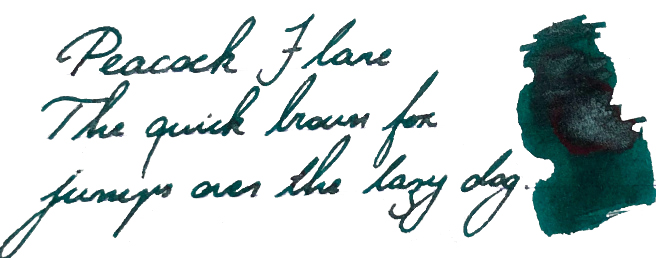

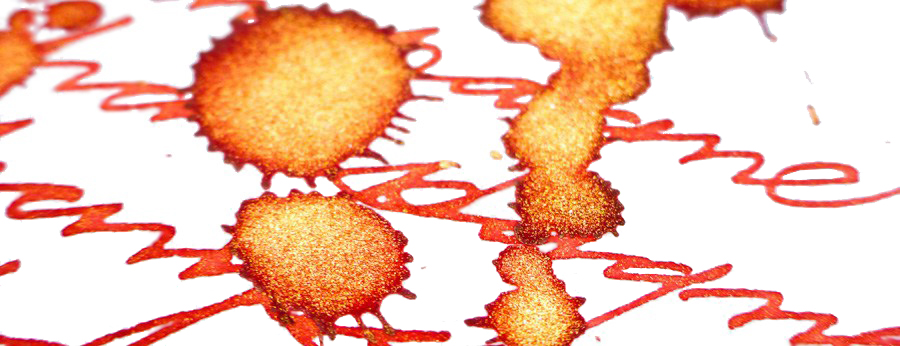
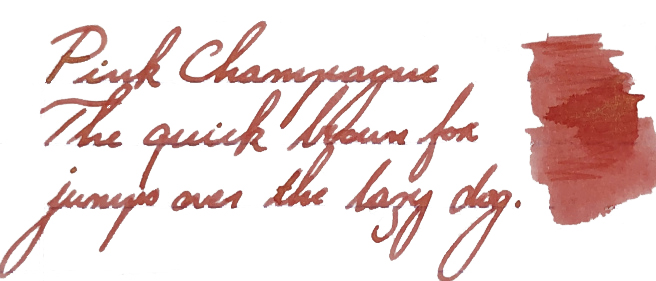

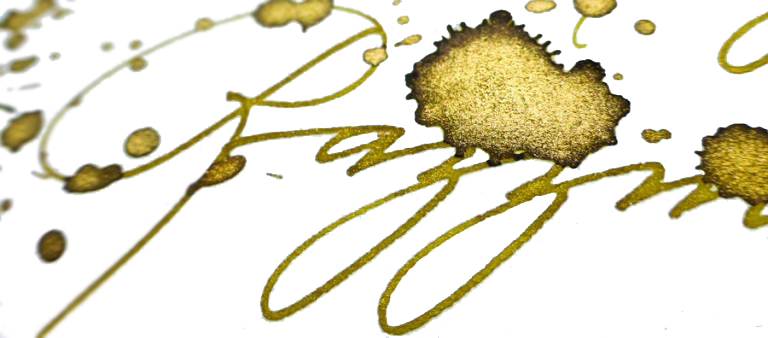
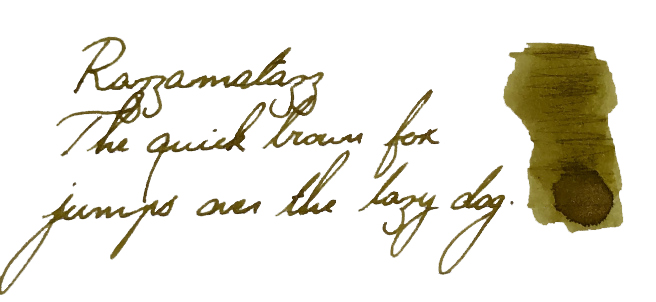

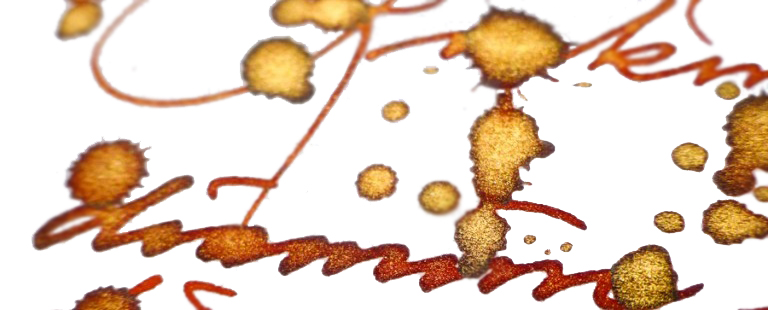
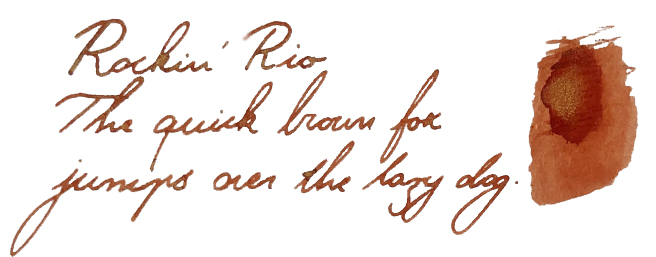

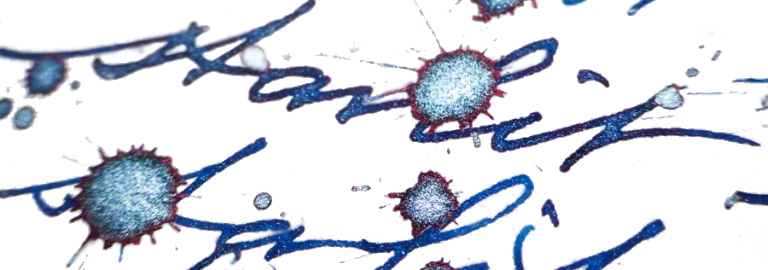
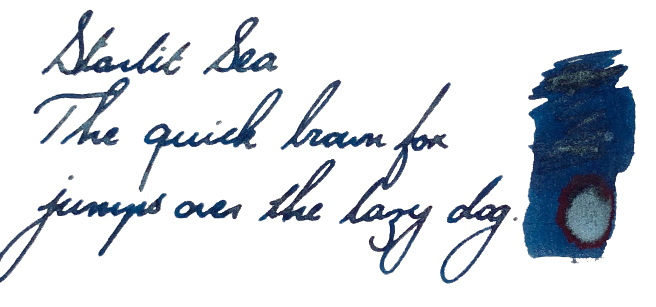
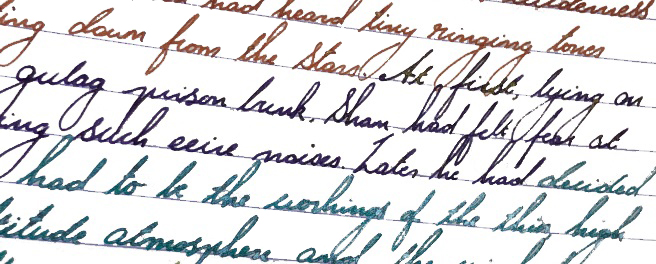
 If this isn’t quite your cup of tea, but almost… If you feel uncomfortable using this type of inks with your fountain pen, you can always try them out with glass pens. It is definitely a safe alternative and the effects are still very good. If you’d prefer to try pearlescent inks from a different manufacturer, then J. Herbin, De Atramentis and more recently Robert Oster all have alternatives worth considering – albeit at significantly higher prices.
If this isn’t quite your cup of tea, but almost… If you feel uncomfortable using this type of inks with your fountain pen, you can always try them out with glass pens. It is definitely a safe alternative and the effects are still very good. If you’d prefer to try pearlescent inks from a different manufacturer, then J. Herbin, De Atramentis and more recently Robert Oster all have alternatives worth considering – albeit at significantly higher prices.
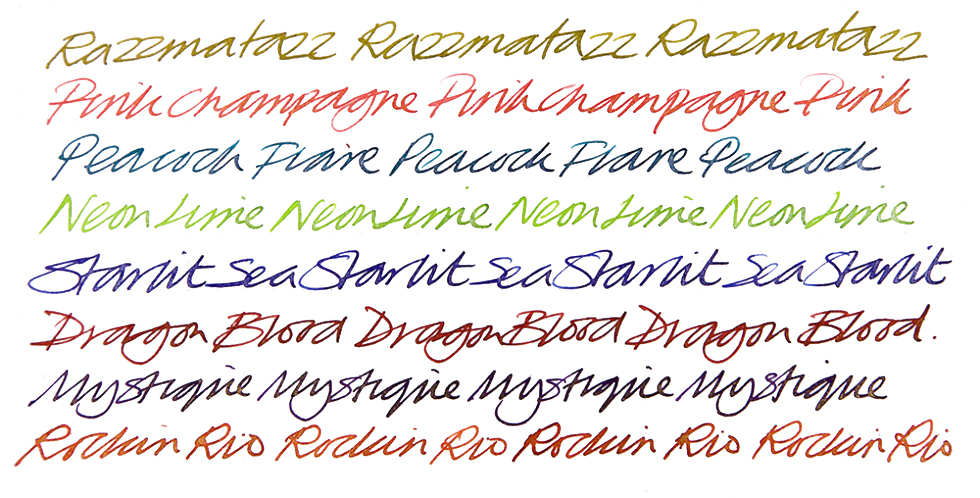

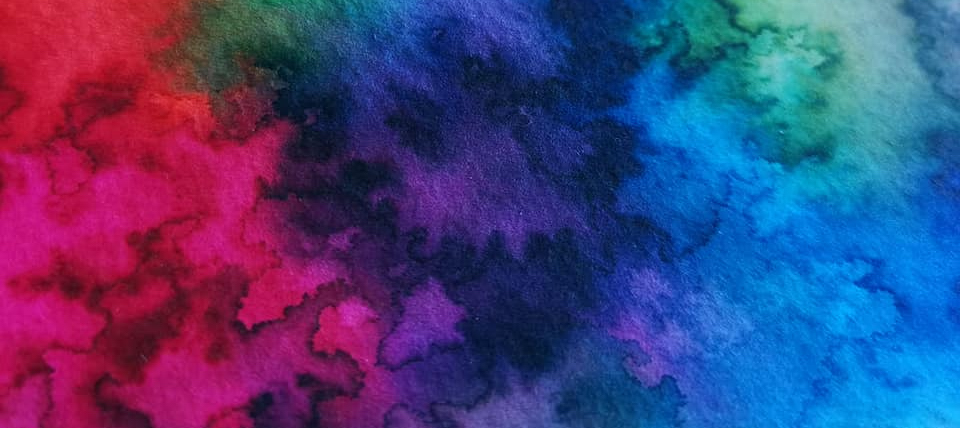 A little bit of history Nick Stewart is a creative designer, artist, calligrapher and educator from historic Rochester, on the Thames estuary in Kent. Nick also actively contributes to United Inkdom. As an artist he is very passionate about inks, especially their chromatic properties, breaking down all possible hues and tonal ranges present in any ink he works with. He has tested hundreds and hundreds of inks which allowed him to understand how they are made and what factors are affecting specific properties. There is a hint of alchemy in his work, especially when Nick experiments with bleach to test how the destructive process which results can create something new and exciting.
A little bit of history Nick Stewart is a creative designer, artist, calligrapher and educator from historic Rochester, on the Thames estuary in Kent. Nick also actively contributes to United Inkdom. As an artist he is very passionate about inks, especially their chromatic properties, breaking down all possible hues and tonal ranges present in any ink he works with. He has tested hundreds and hundreds of inks which allowed him to understand how they are made and what factors are affecting specific properties. There is a hint of alchemy in his work, especially when Nick experiments with bleach to test how the destructive process which results can create something new and exciting.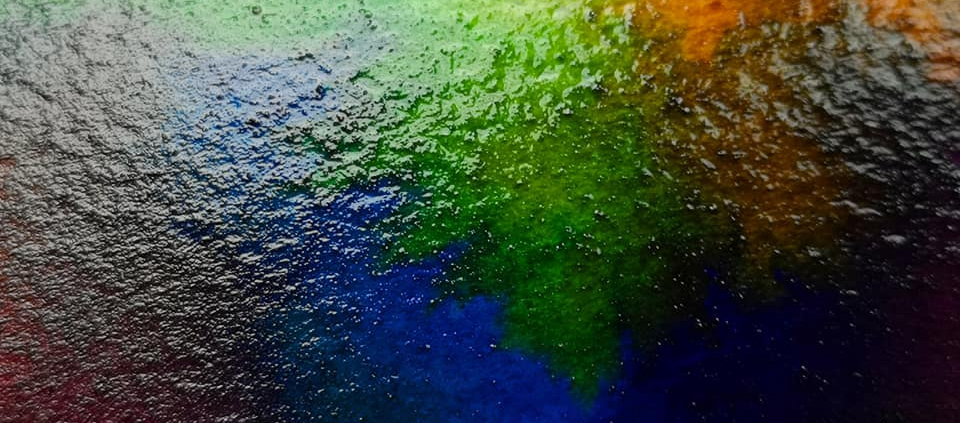
 How it looks Nick’s set contains four independent 30ml inks. The intended purpose is to blend them together to obtain new colours, but each ink can be used separately as a stand-alone fountain pen ink. The colours available in the set are: Berber Blue (C), Desert Rose (M), Yellow Dune (Y) and Twilight Black (K). These are not ‘pure’ CMYK colours, and each ink has its own unique characteristics. However, when mixed together they still create a full range of secondary and tertiary colours.
How it looks Nick’s set contains four independent 30ml inks. The intended purpose is to blend them together to obtain new colours, but each ink can be used separately as a stand-alone fountain pen ink. The colours available in the set are: Berber Blue (C), Desert Rose (M), Yellow Dune (Y) and Twilight Black (K). These are not ‘pure’ CMYK colours, and each ink has its own unique characteristics. However, when mixed together they still create a full range of secondary and tertiary colours.

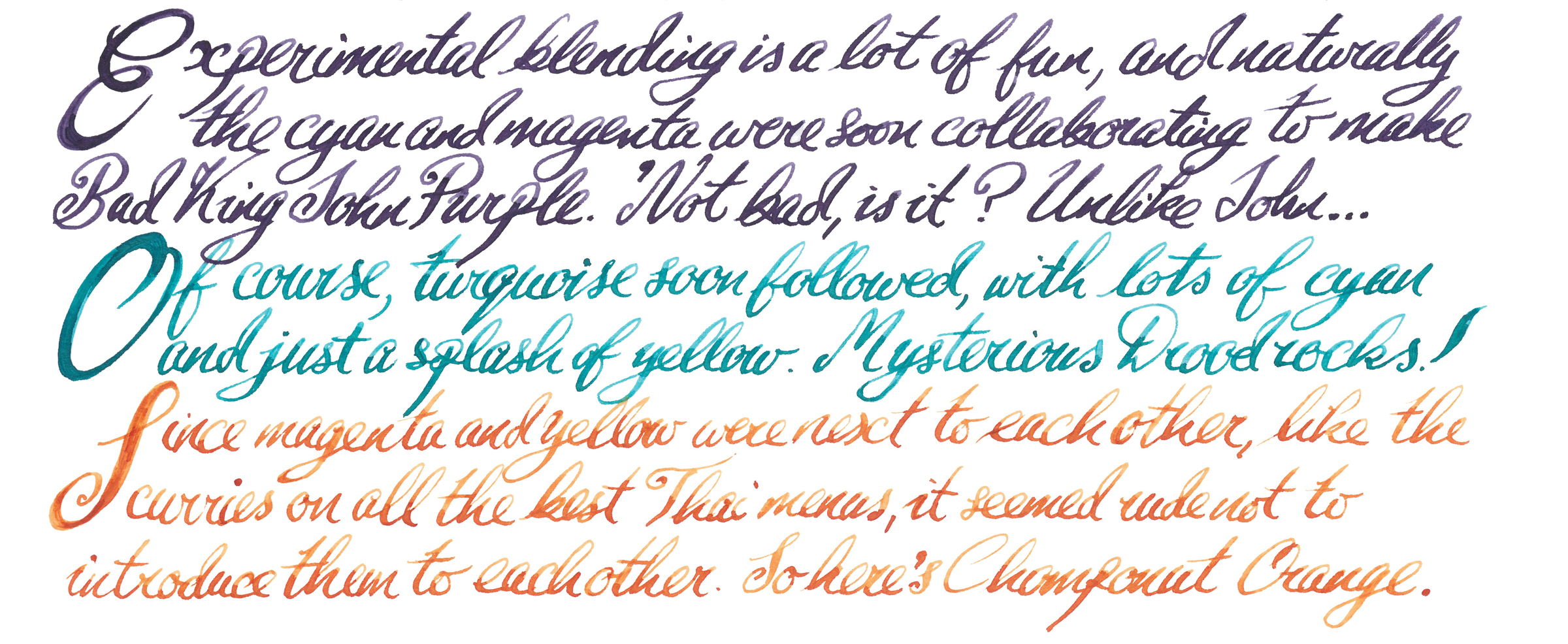
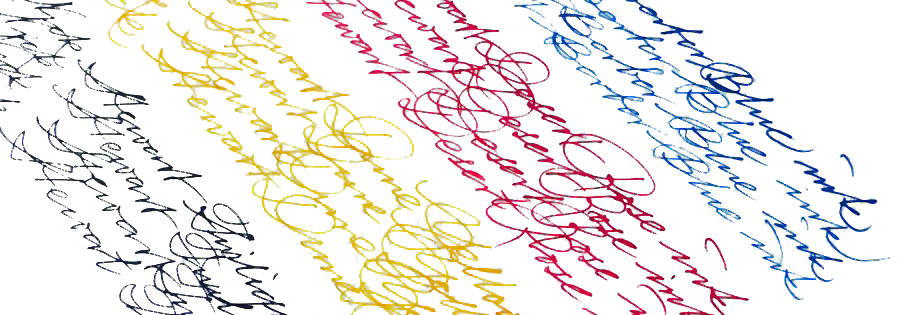
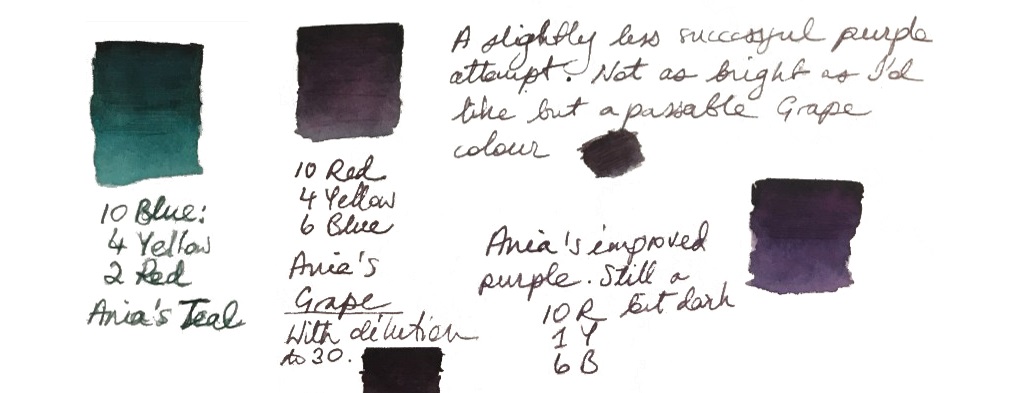
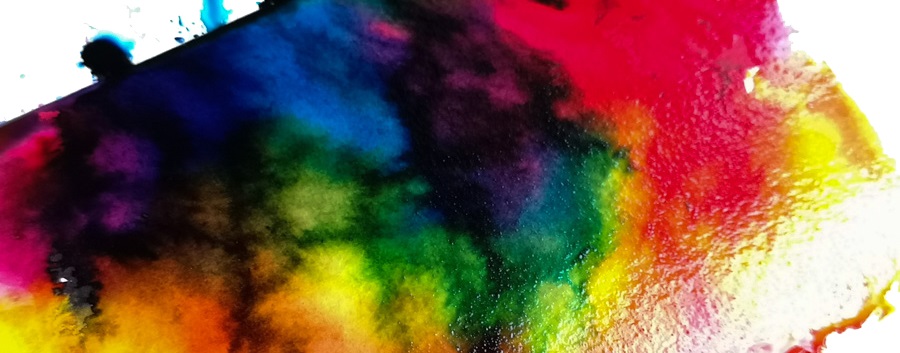


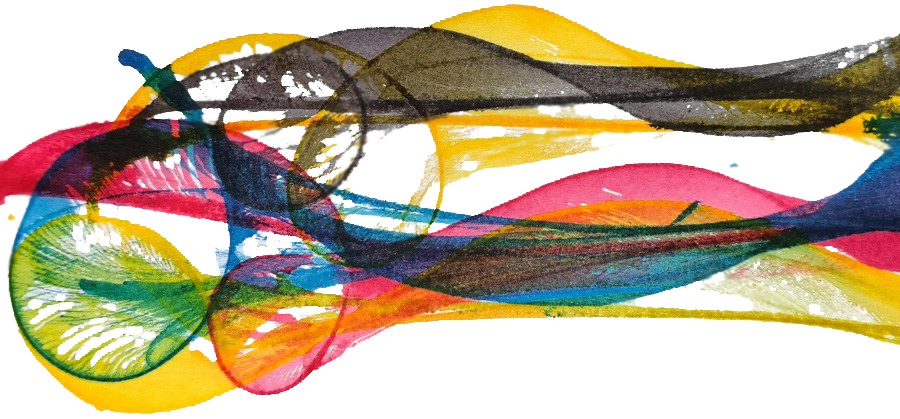




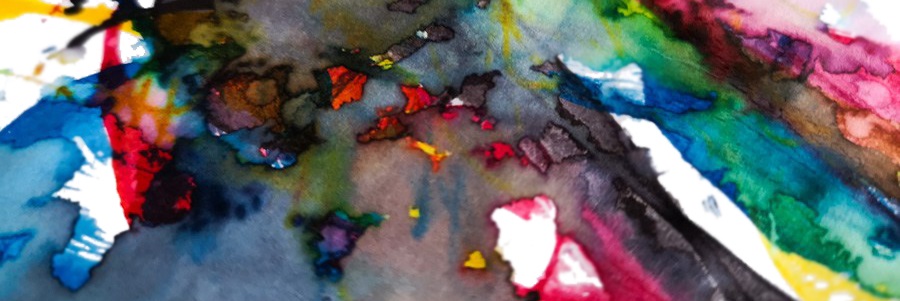

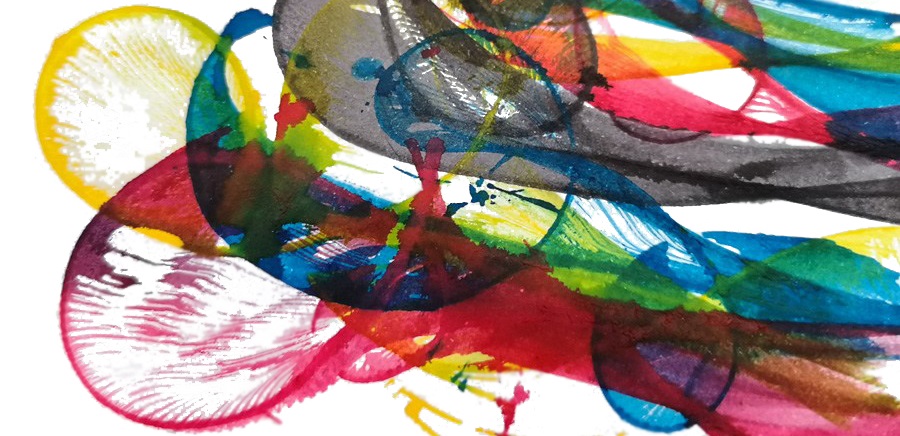
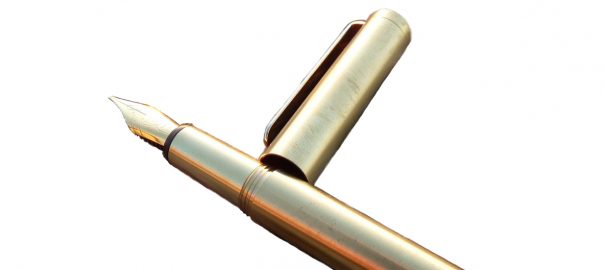
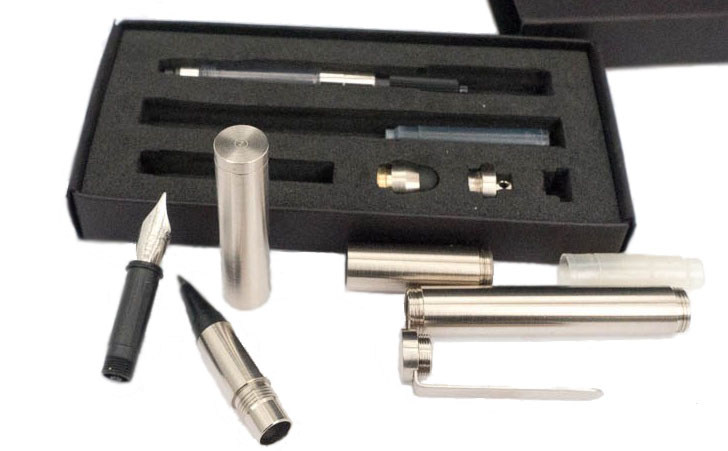
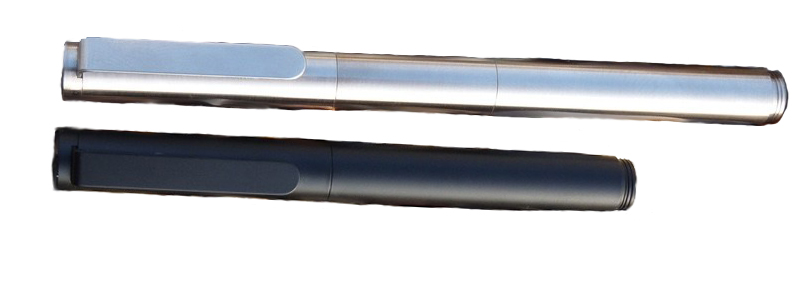 How it fills The ‘pocket’ configuration will fit only a small international cartridge, but the extended version has space for a proper twist converter.
How it fills The ‘pocket’ configuration will fit only a small international cartridge, but the extended version has space for a proper twist converter.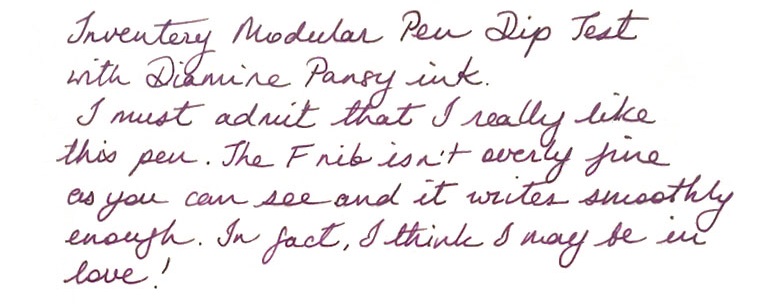 Pen! What is it good for? It’s good for, depending upon your point of view, customisers who like to regularly reconfigure and re-invent their pocket pen, or for terminally indecisive fidgets!
Pen! What is it good for? It’s good for, depending upon your point of view, customisers who like to regularly reconfigure and re-invent their pocket pen, or for terminally indecisive fidgets!
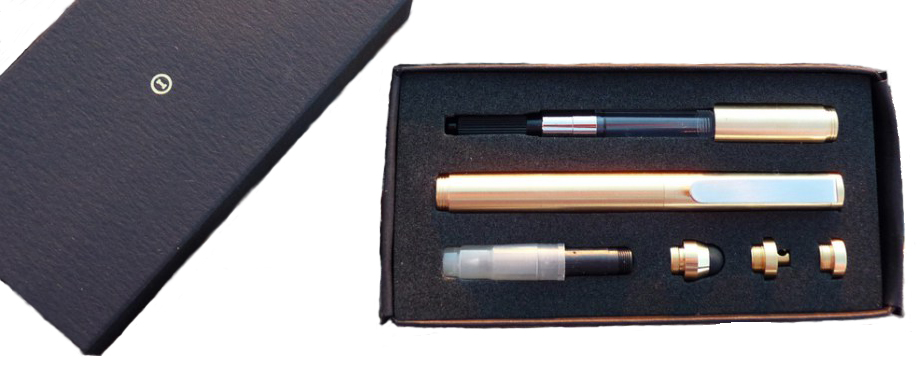
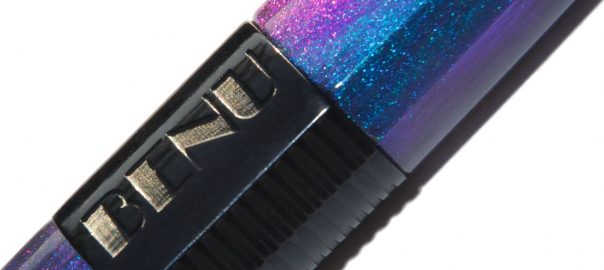


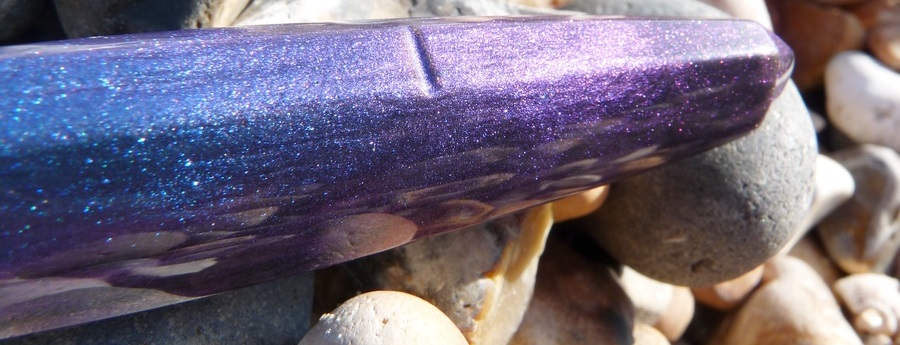
 How it fills Benu very sensibly use an international standard cartridge or converter.
How it fills Benu very sensibly use an international standard cartridge or converter.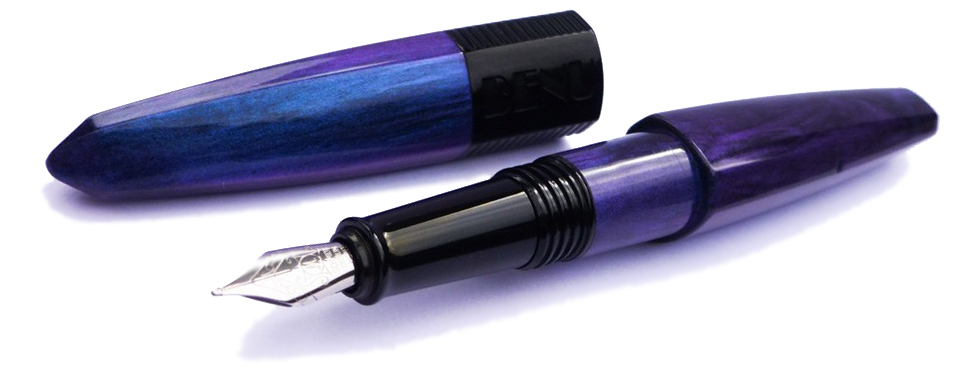 Crucially, how it writes… The nib is a generic steel Schmidt #5. The one on our review unit had good flow and behaved itself very well with no skipping or hard starts. It had some feedback which we felt was just the right side of acceptable but might not be for everyone. It isn’t the greatest nib but it works well and is easily replaced.
Crucially, how it writes… The nib is a generic steel Schmidt #5. The one on our review unit had good flow and behaved itself very well with no skipping or hard starts. It had some feedback which we felt was just the right side of acceptable but might not be for everyone. It isn’t the greatest nib but it works well and is easily replaced.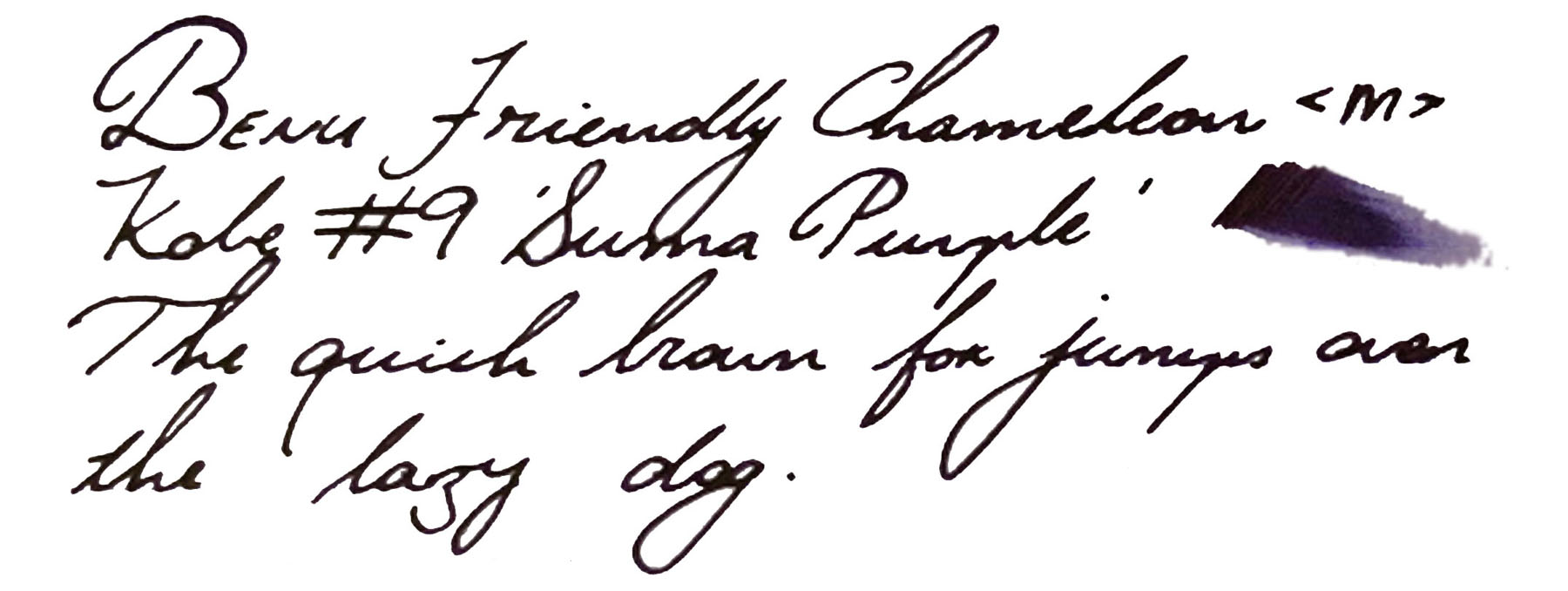
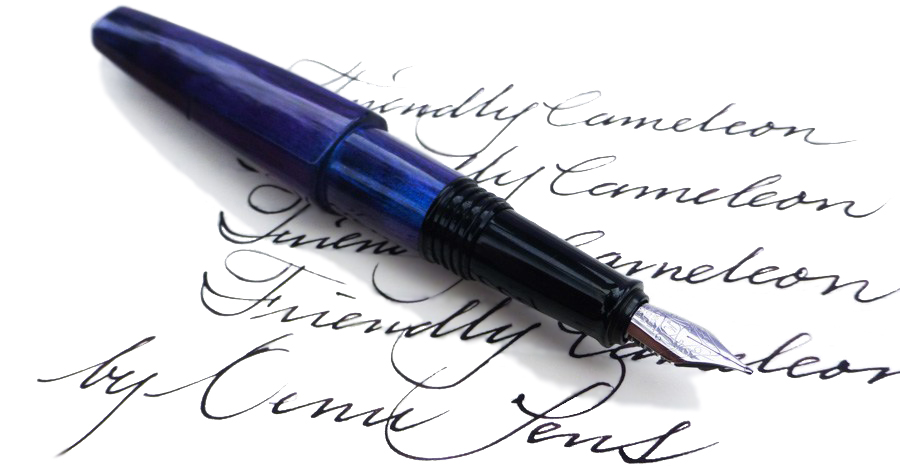
 Pen! What is it good for? The Friendly Chameleon writes well and is comfortable in the hand and so, fortunately, is an excellent pen for doing lots of writing! It’s also good for just gazing into, while waiting for inspiration to strike.
Pen! What is it good for? The Friendly Chameleon writes well and is comfortable in the hand and so, fortunately, is an excellent pen for doing lots of writing! It’s also good for just gazing into, while waiting for inspiration to strike.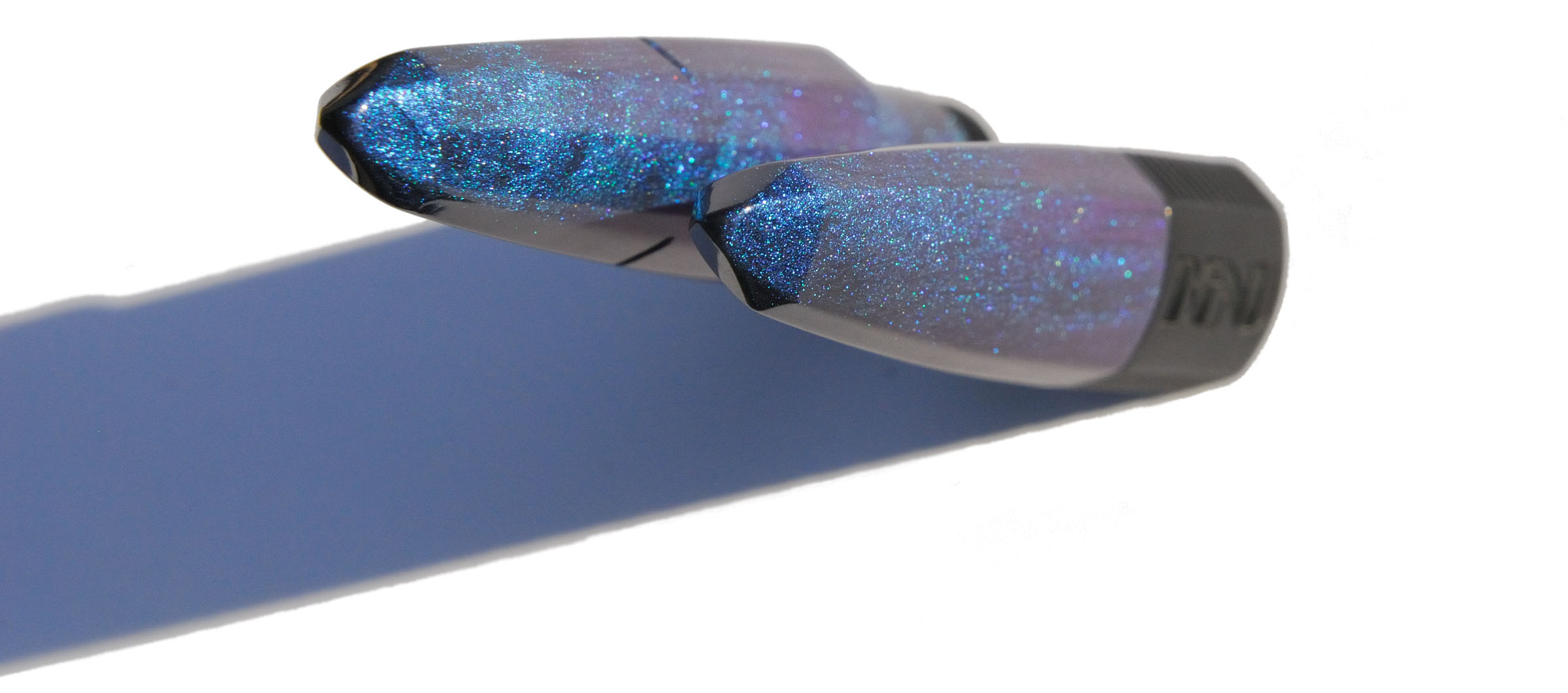 VFM At $90 (plus another $5 for a converter) this isn’t a cheap pen but it’s unique in shape and colour. It would be good to see a higher quality nib but if you like the design (and, let’s be honest, you’re going to either love it or hate it!) then a pen that works well and is this unusual is good value at this price.
VFM At $90 (plus another $5 for a converter) this isn’t a cheap pen but it’s unique in shape and colour. It would be good to see a higher quality nib but if you like the design (and, let’s be honest, you’re going to either love it or hate it!) then a pen that works well and is this unusual is good value at this price.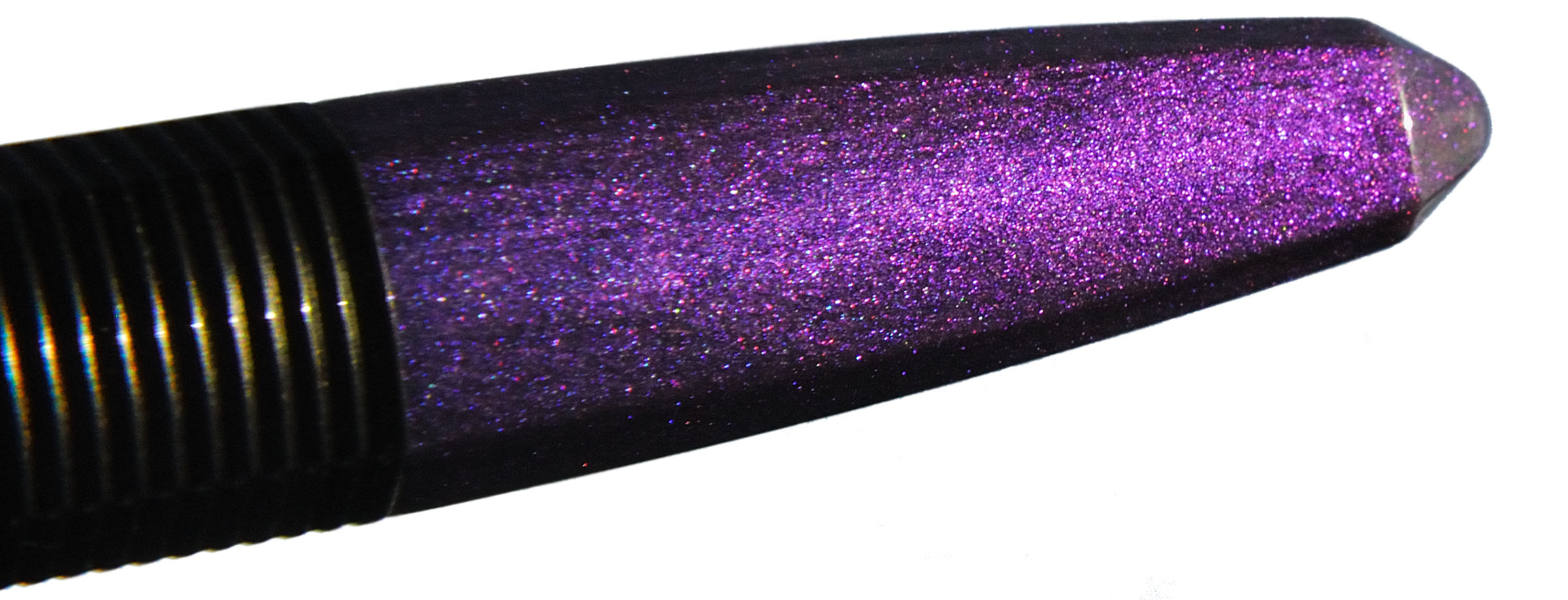 If this isn’t quite your cup of tea, but almost… It’s hard to find a pen with these kinds of looks at this price. You’d usually be looking at something bespoke, for a lot more money. So if you almost like this pen but aren’t quite sure then you might be best off looking at the rest of Benu’s range.
If this isn’t quite your cup of tea, but almost… It’s hard to find a pen with these kinds of looks at this price. You’d usually be looking at something bespoke, for a lot more money. So if you almost like this pen but aren’t quite sure then you might be best off looking at the rest of Benu’s range. Our overall recommendation The Benu Friendly Chameleon is a good pen and all our reviewers would recommend it, if you’re seduced by its looks!
Our overall recommendation The Benu Friendly Chameleon is a good pen and all our reviewers would recommend it, if you’re seduced by its looks!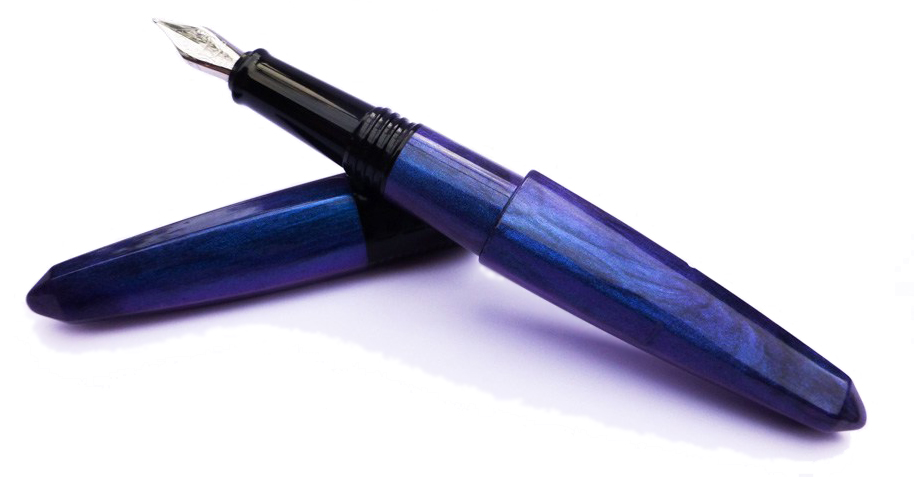 Where to get hold of one Benu sell internationally direct from their
Where to get hold of one Benu sell internationally direct from their 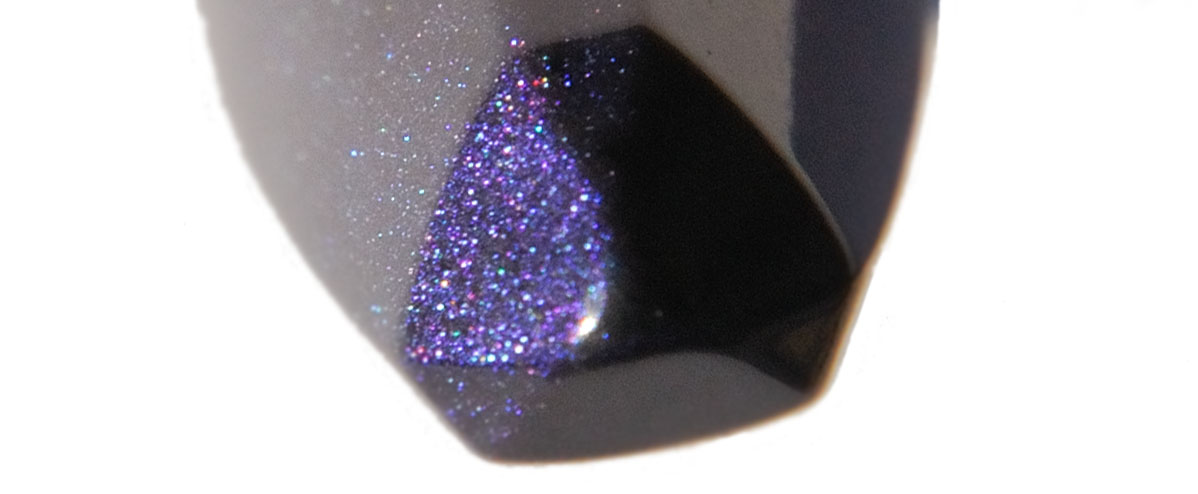 This meta-review references:
This meta-review references: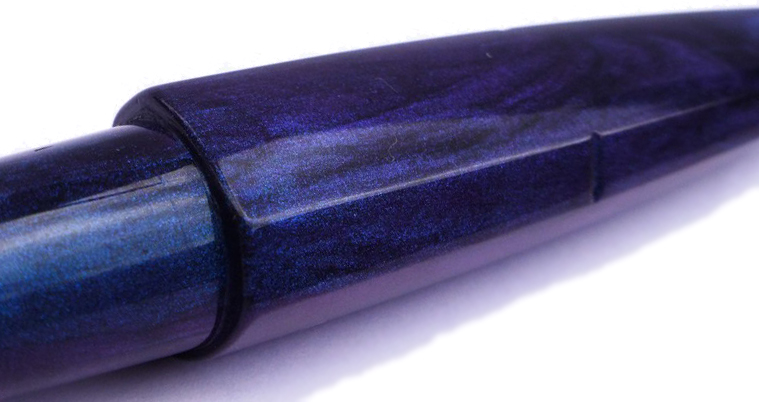 Thanks to Kate in Moscow for sending us the pen to try out.
Thanks to Kate in Moscow for sending us the pen to try out.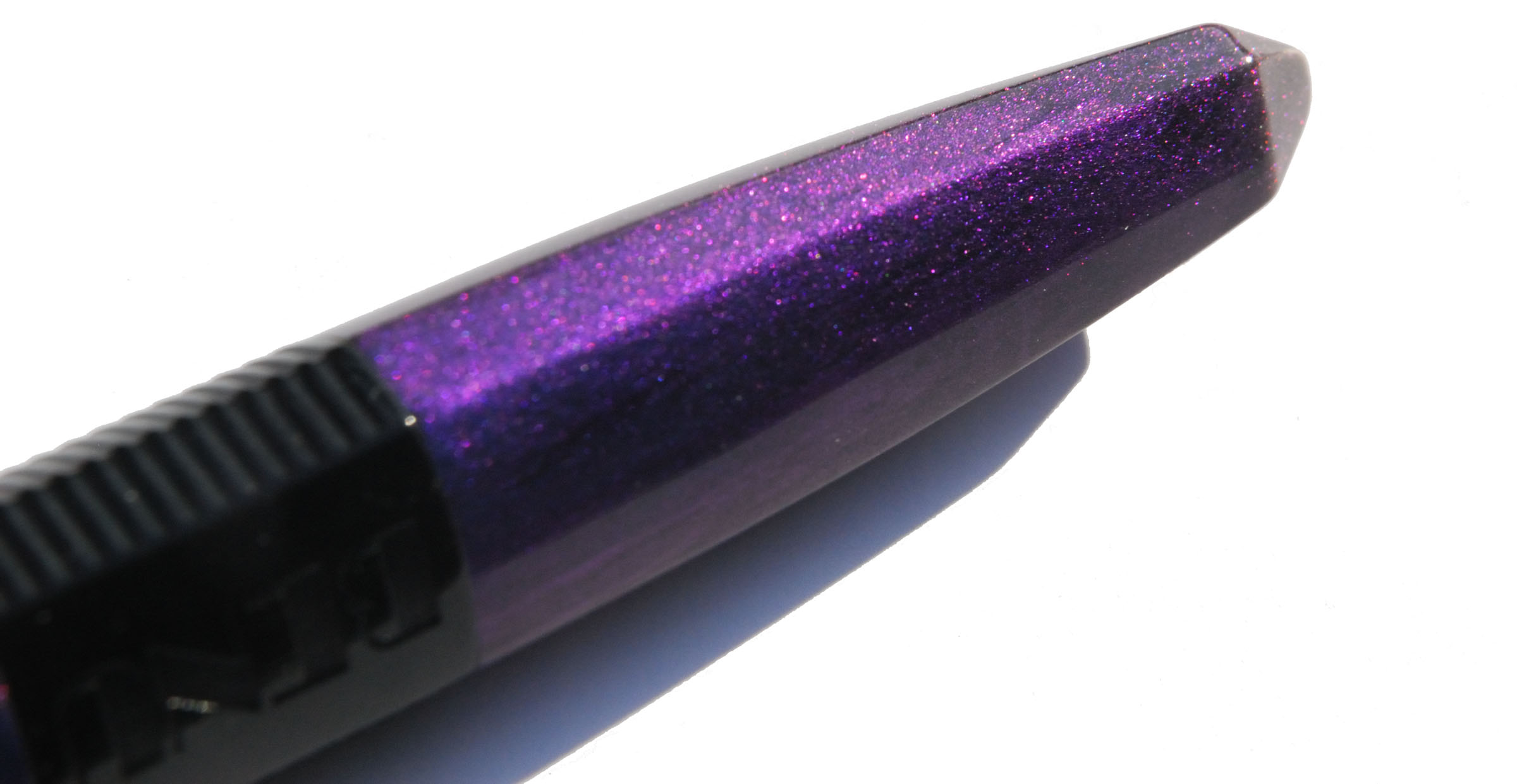
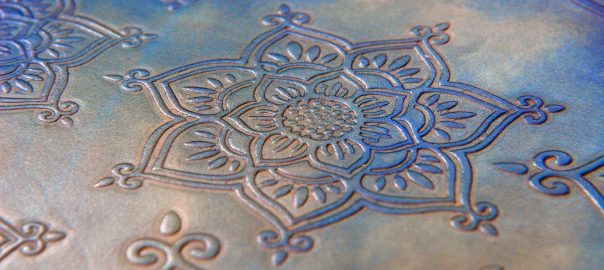
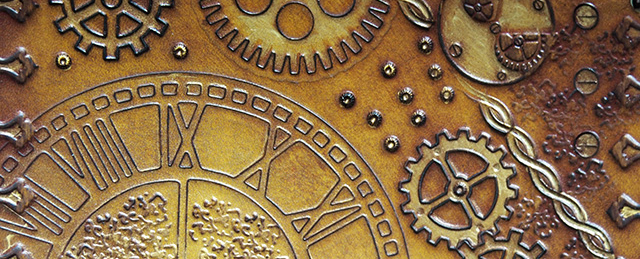

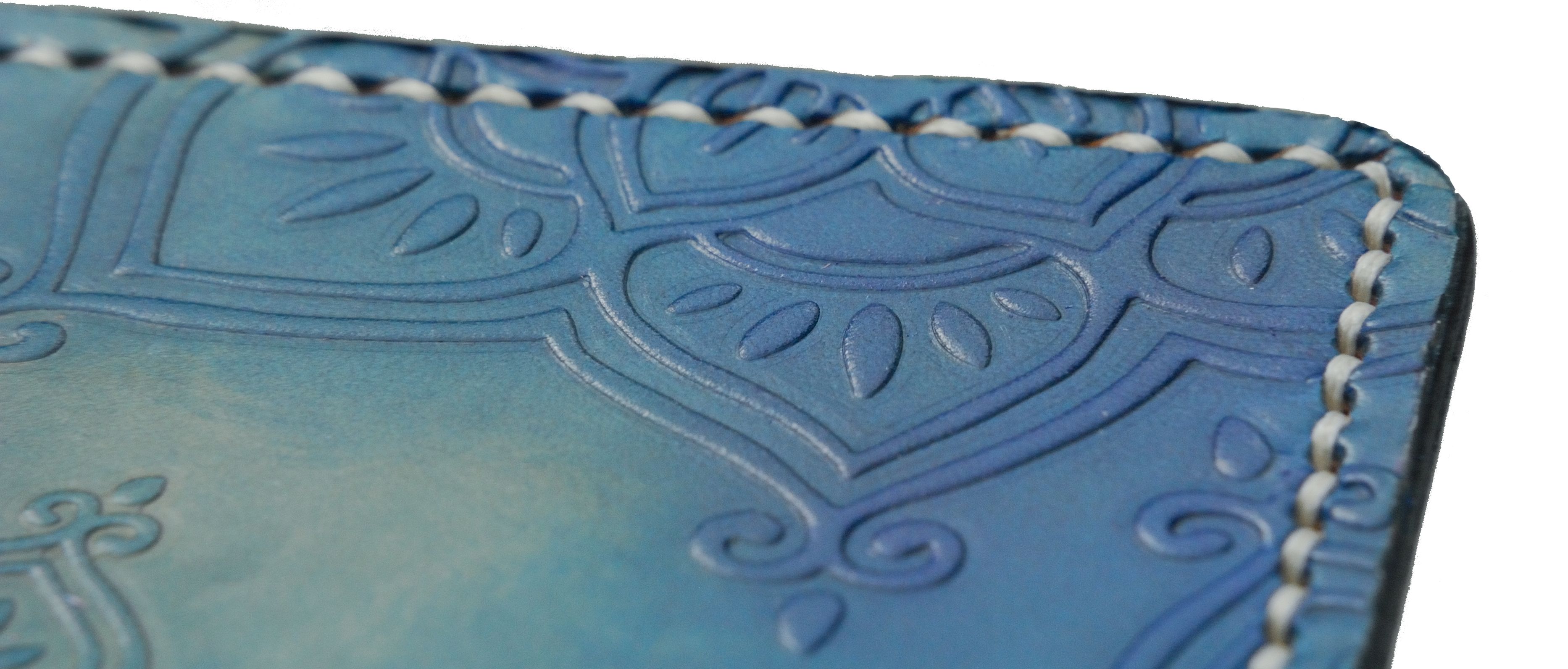

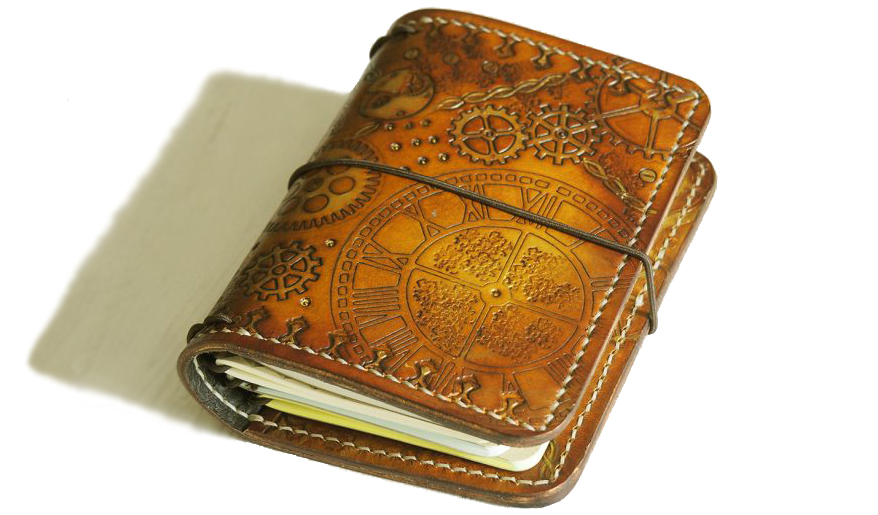

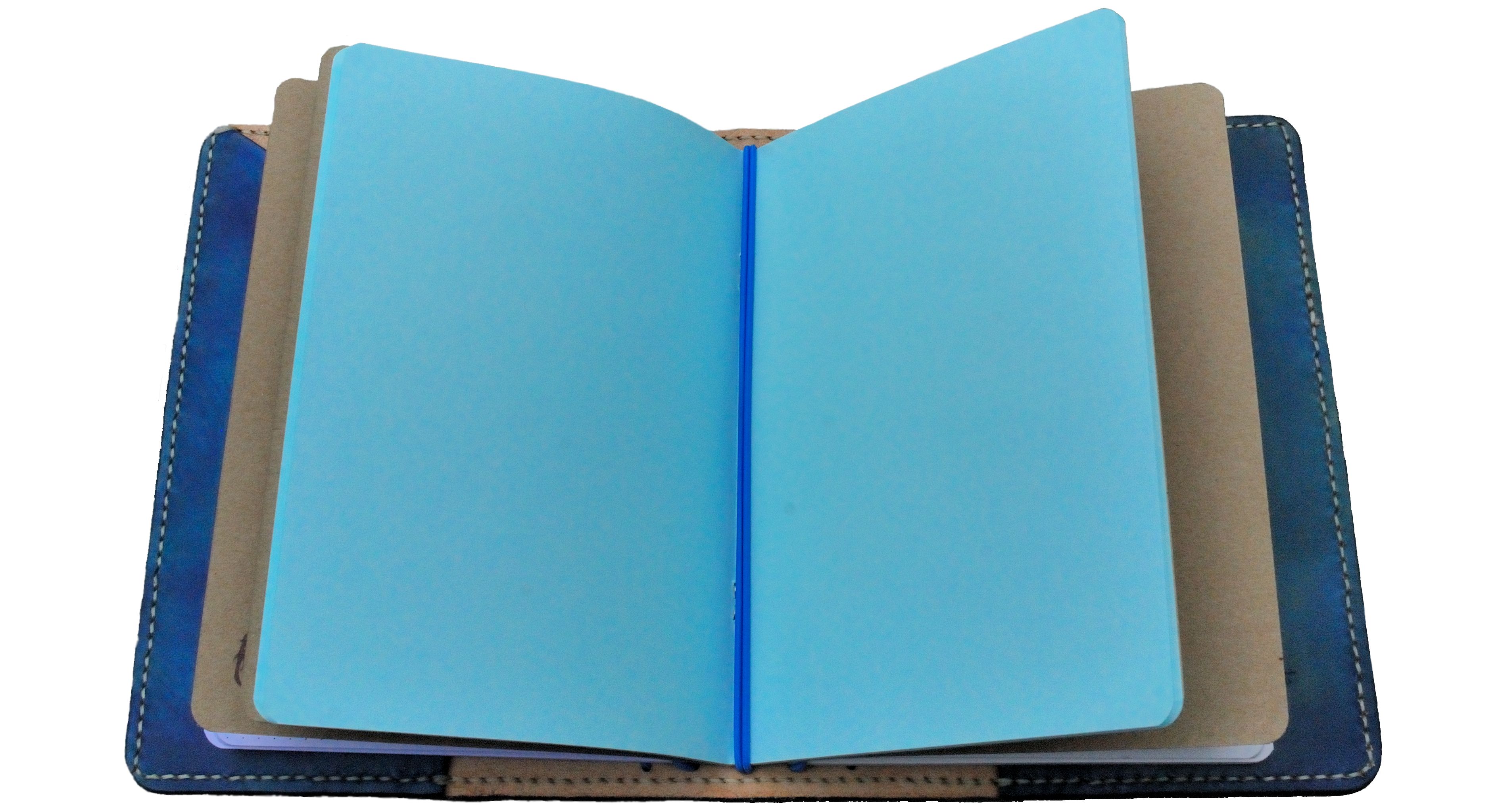

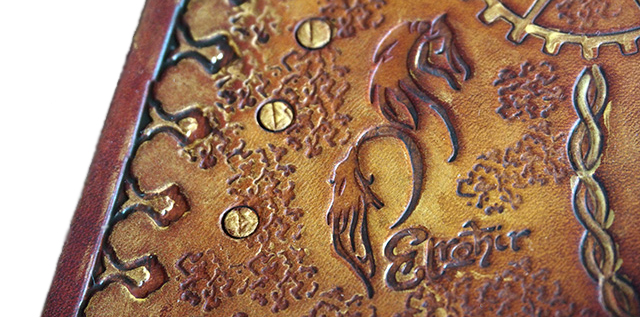

 Thanks to Mischa for getting a couple of amazing samples our way. Most of us didn’t want to let them go, and that’s a recommendation!
Thanks to Mischa for getting a couple of amazing samples our way. Most of us didn’t want to let them go, and that’s a recommendation!